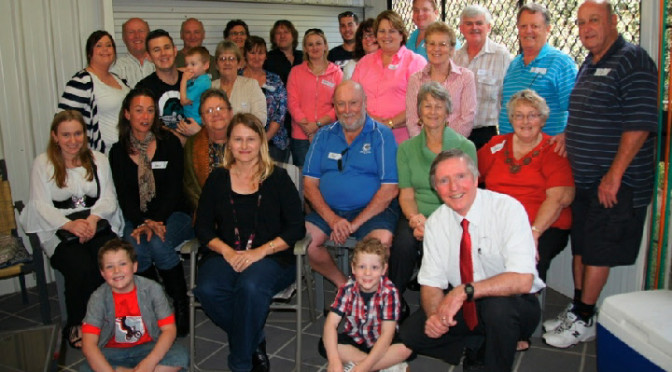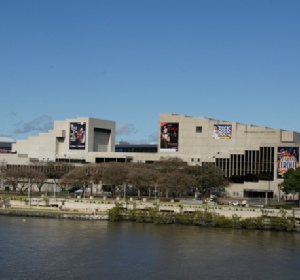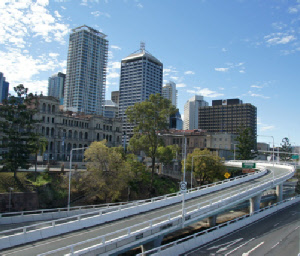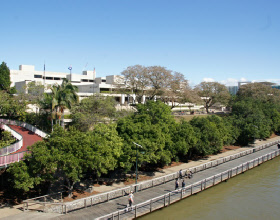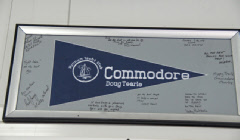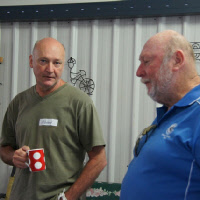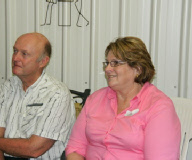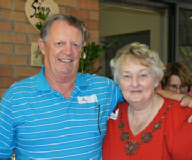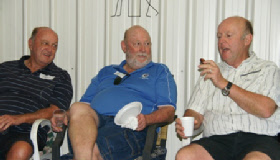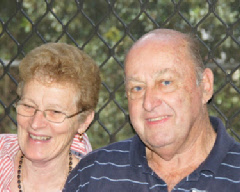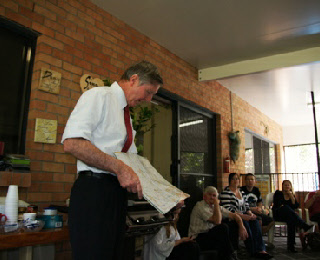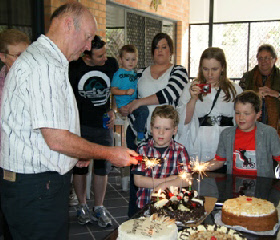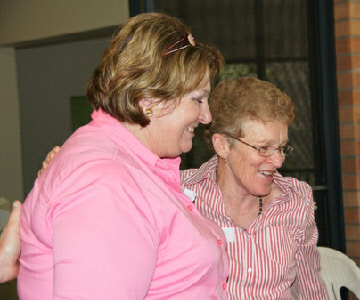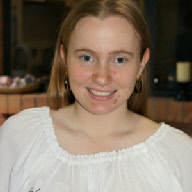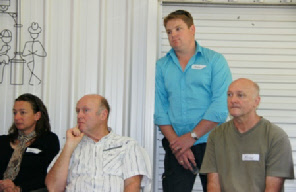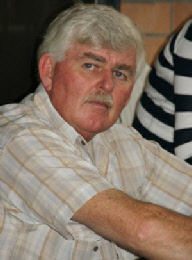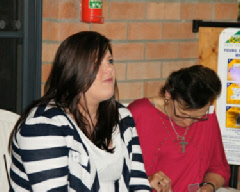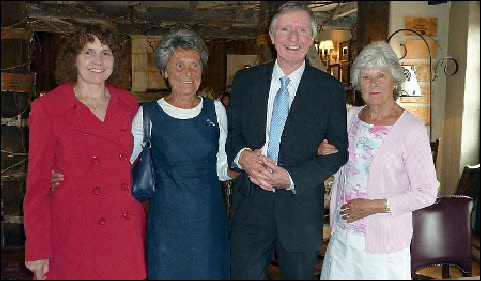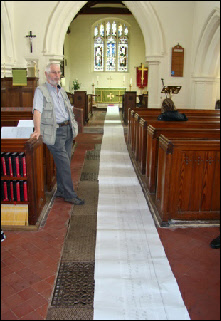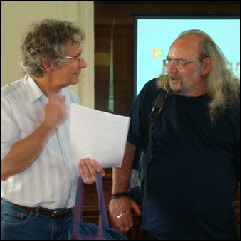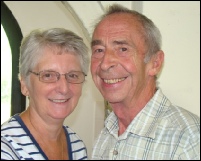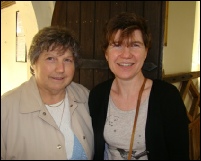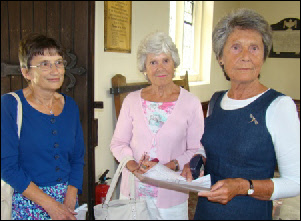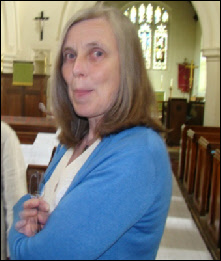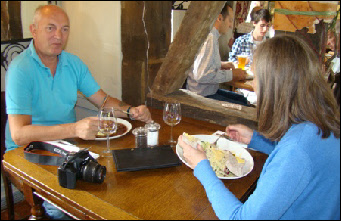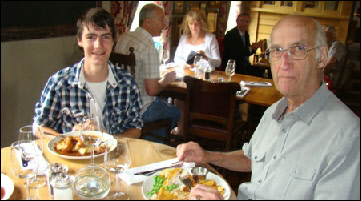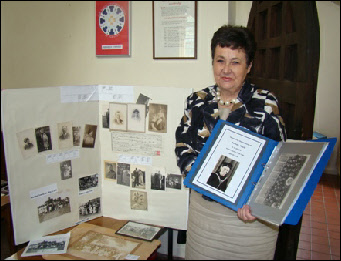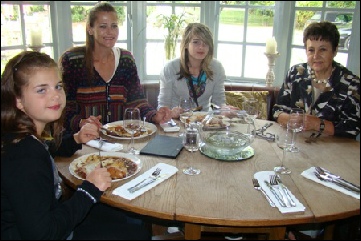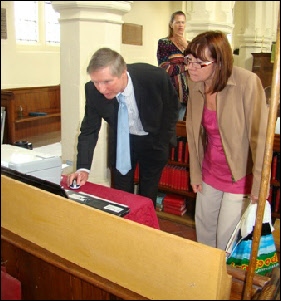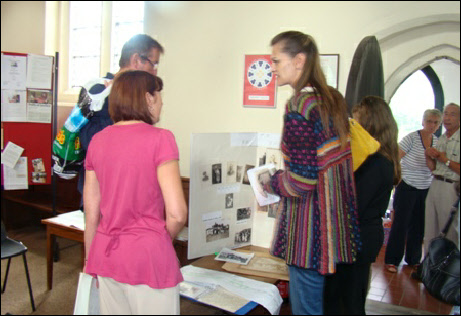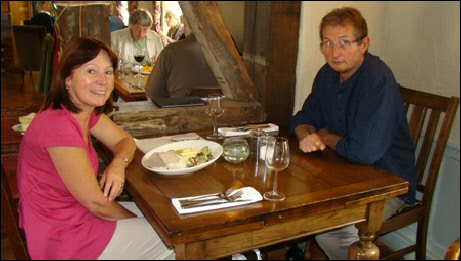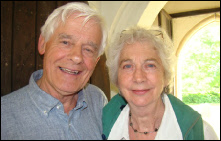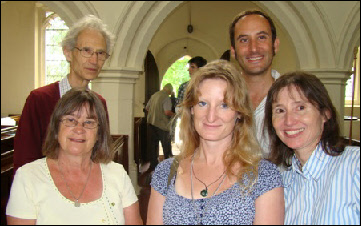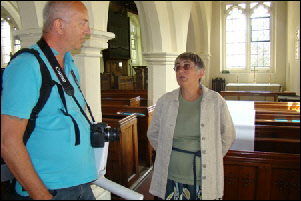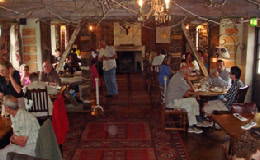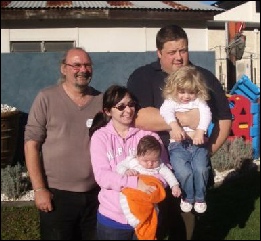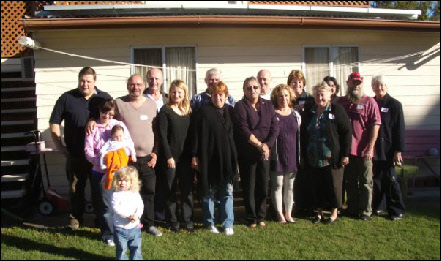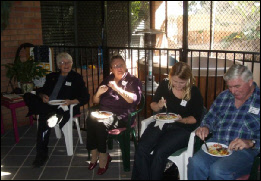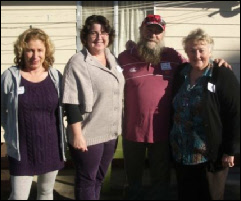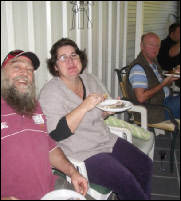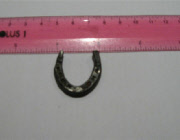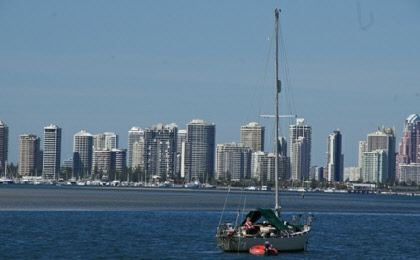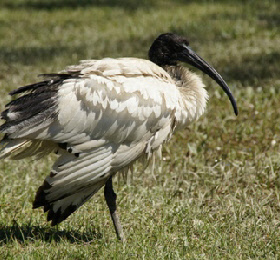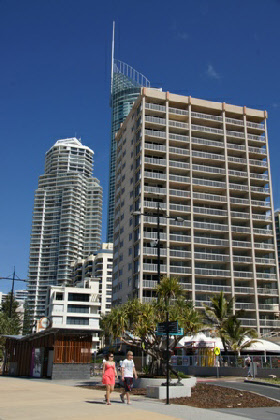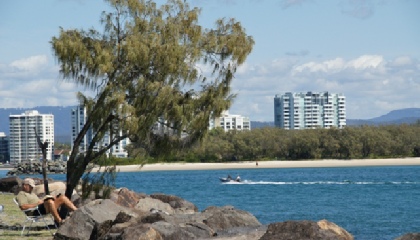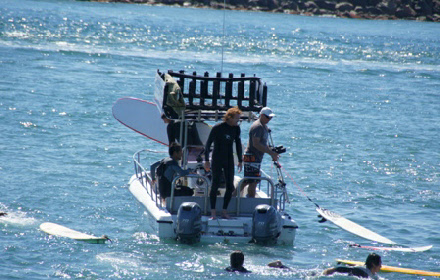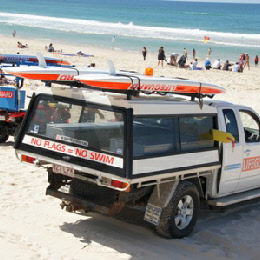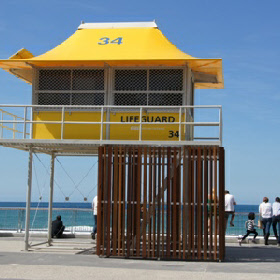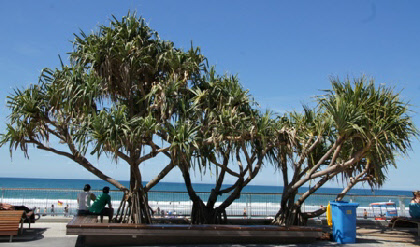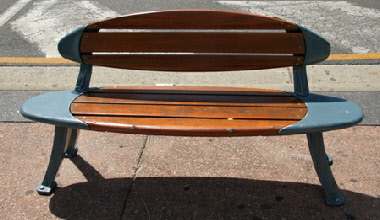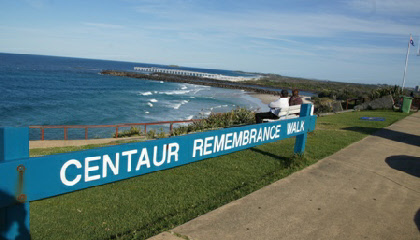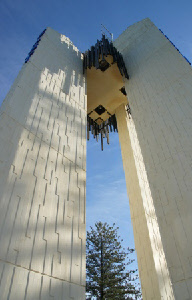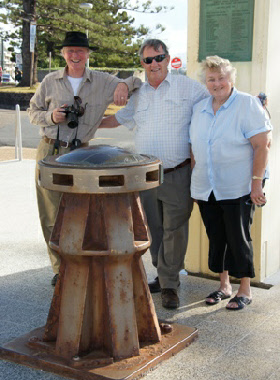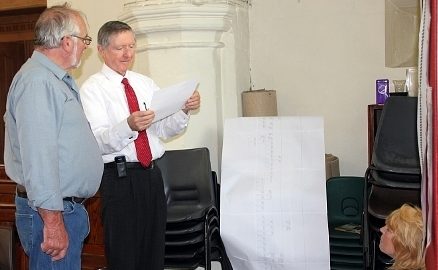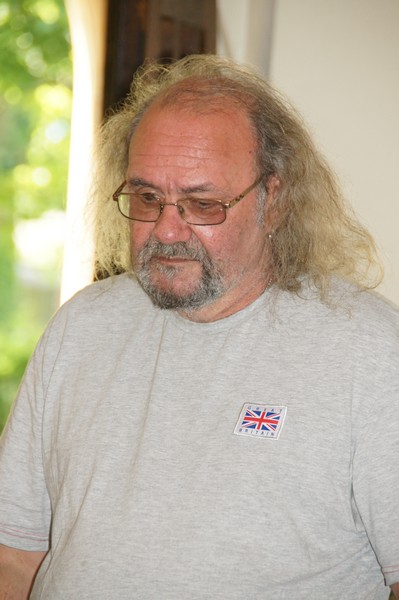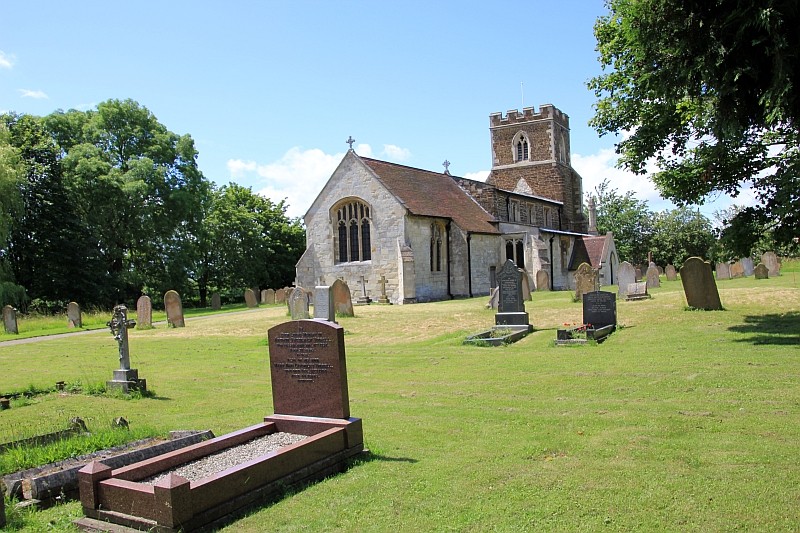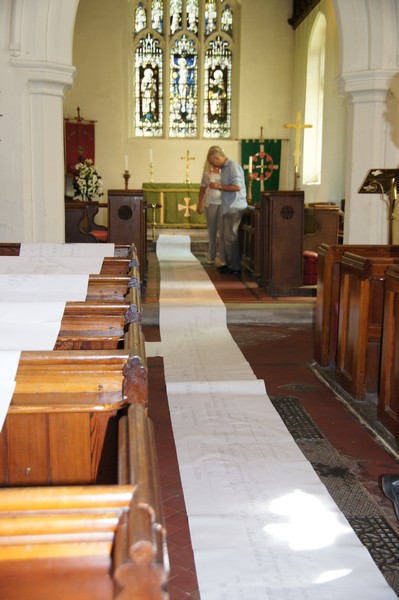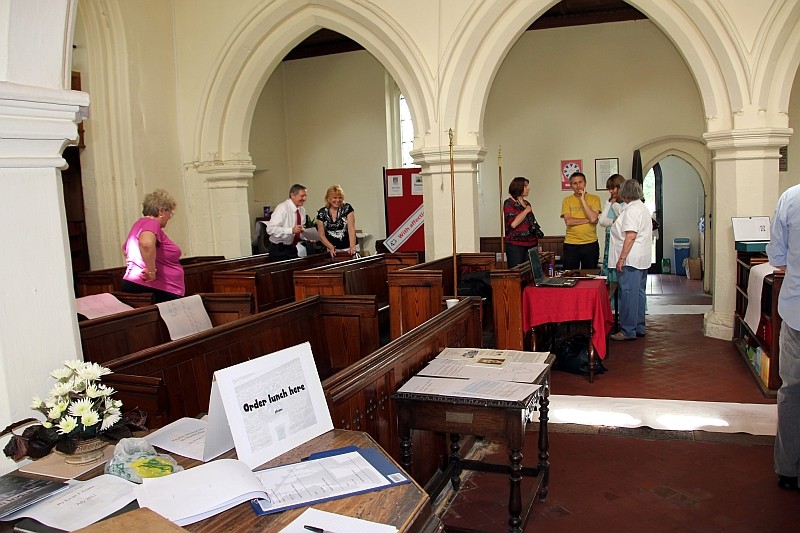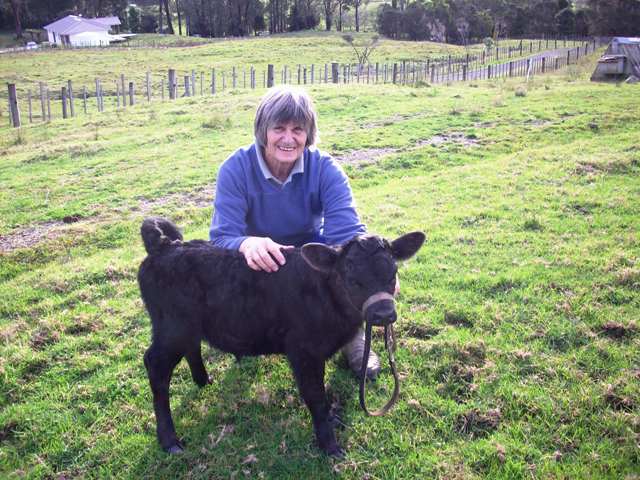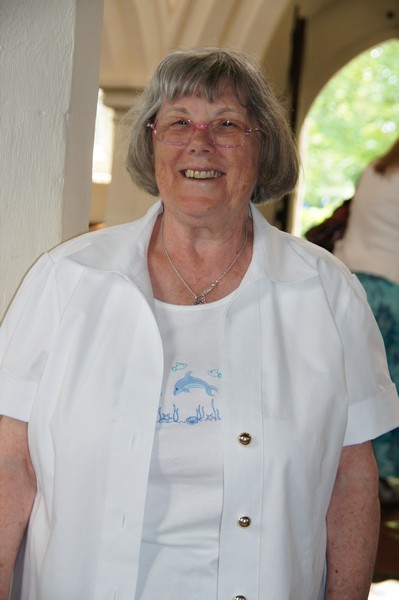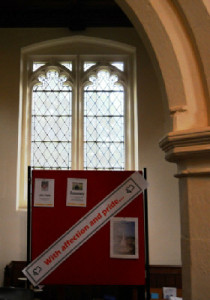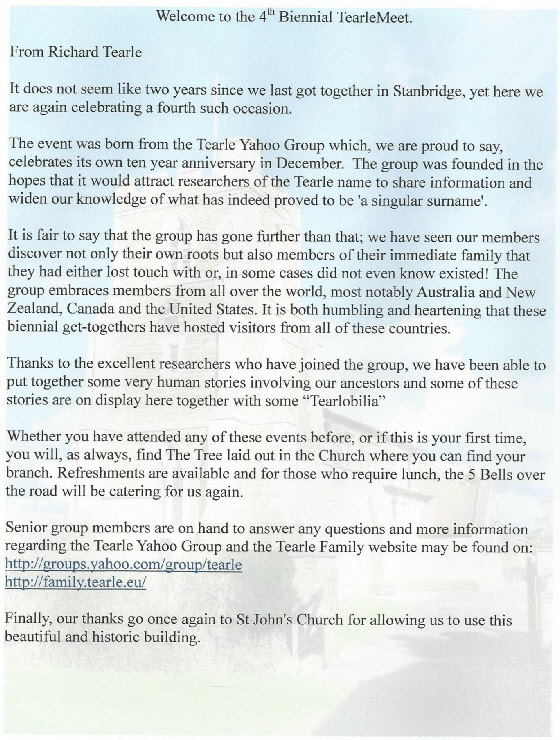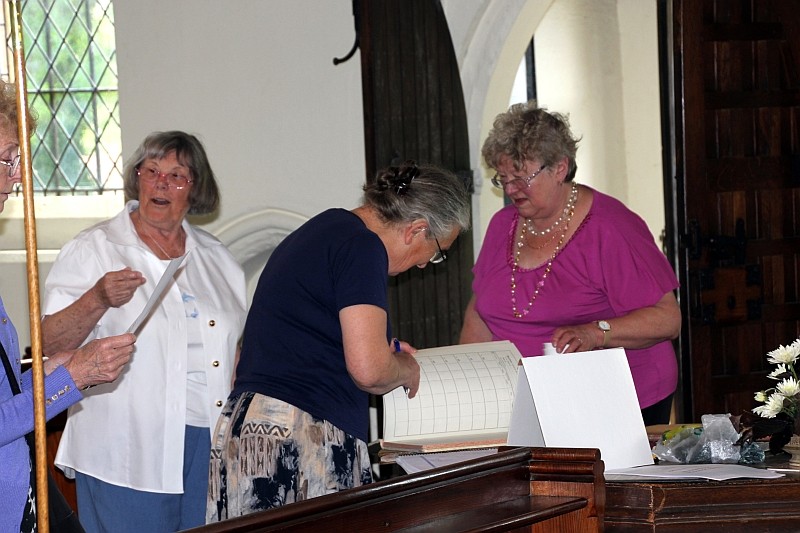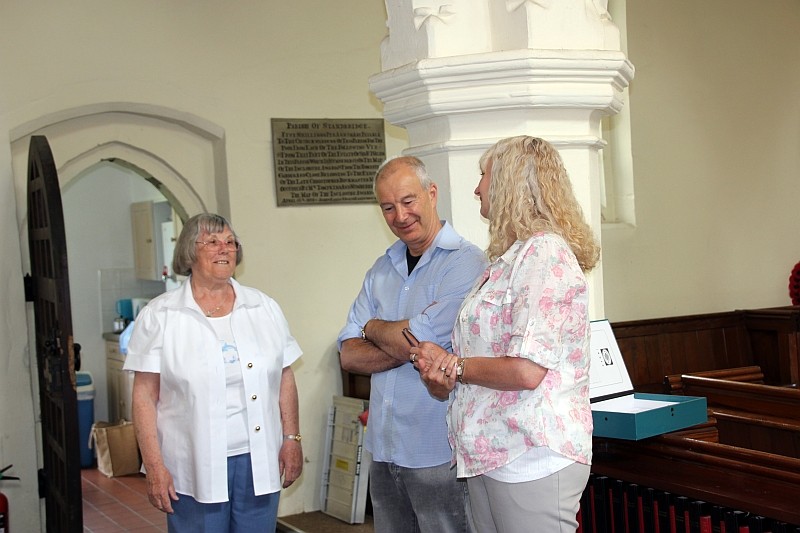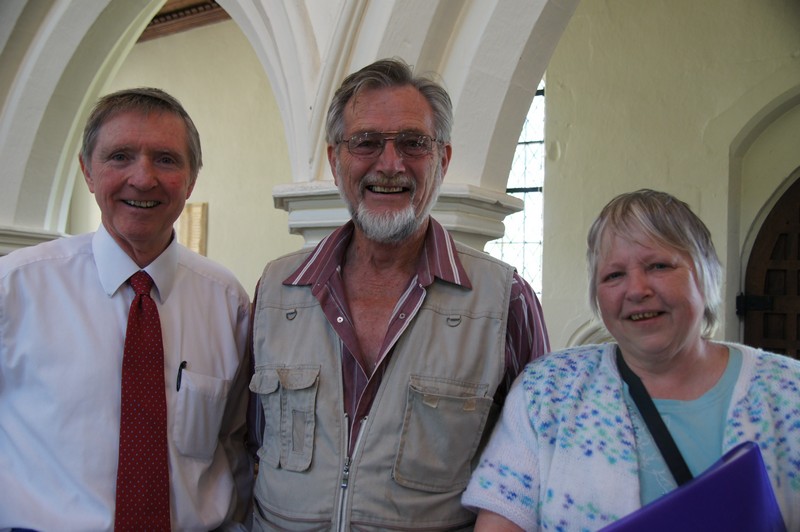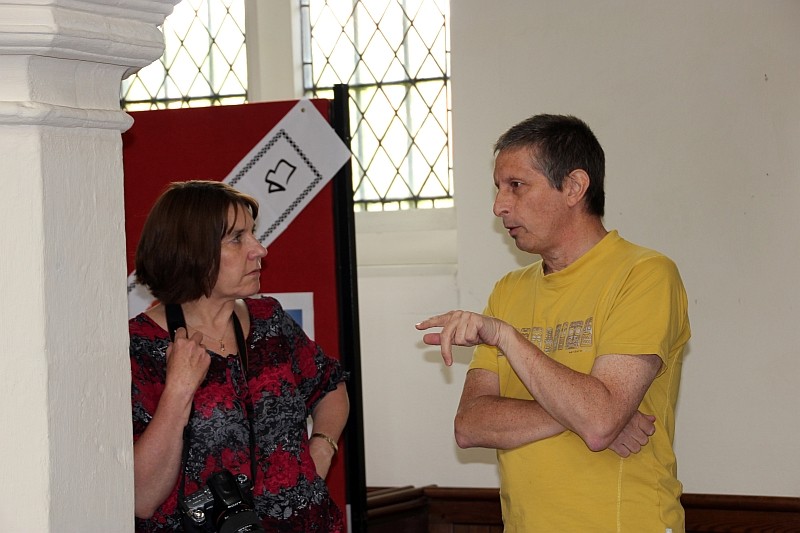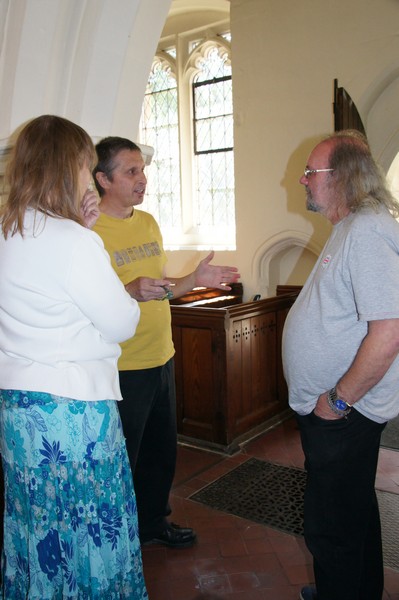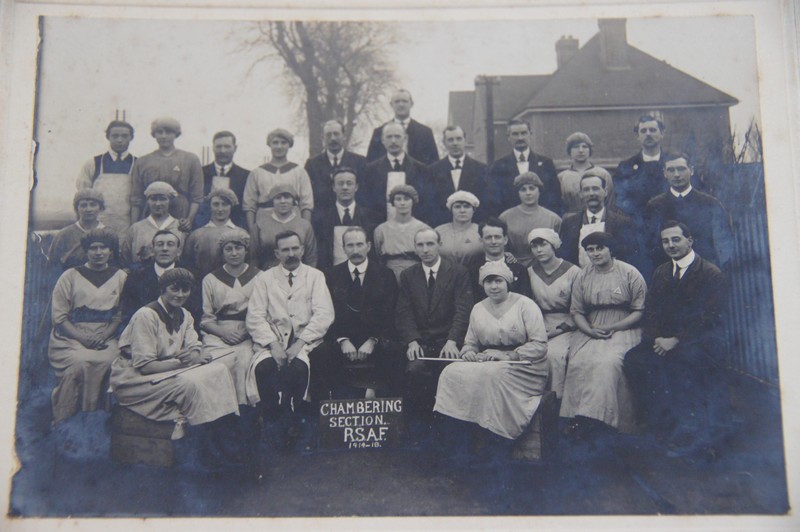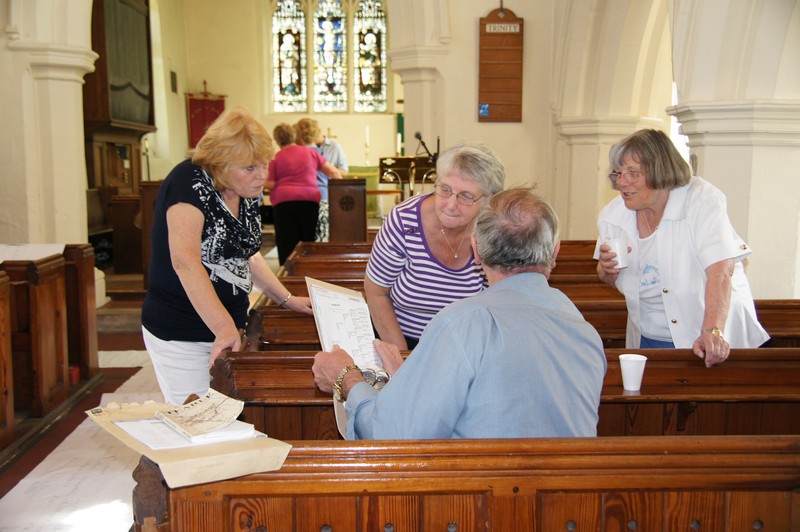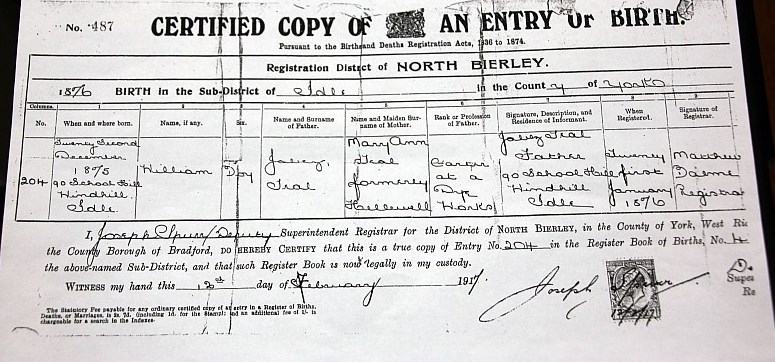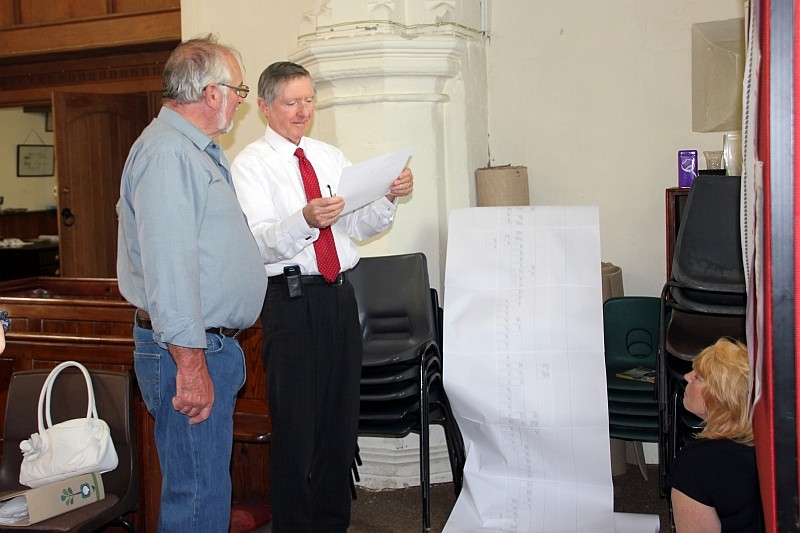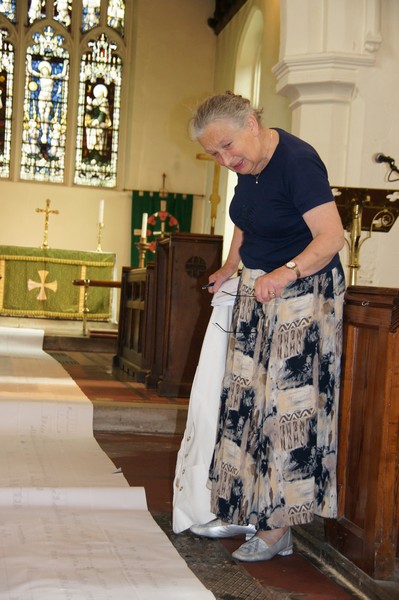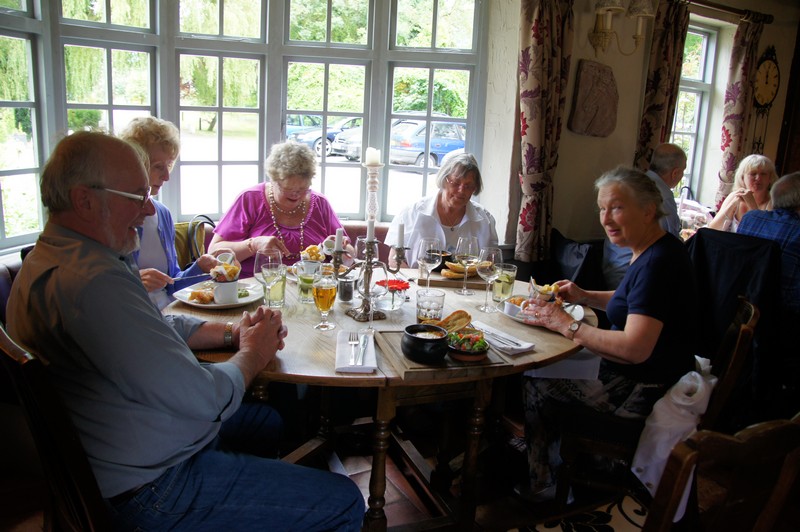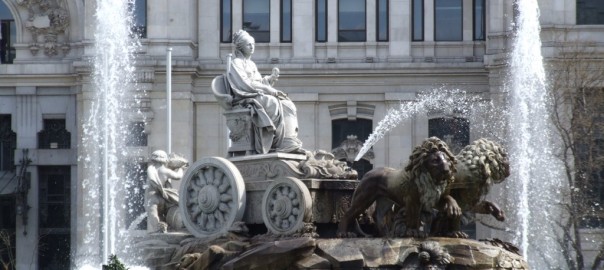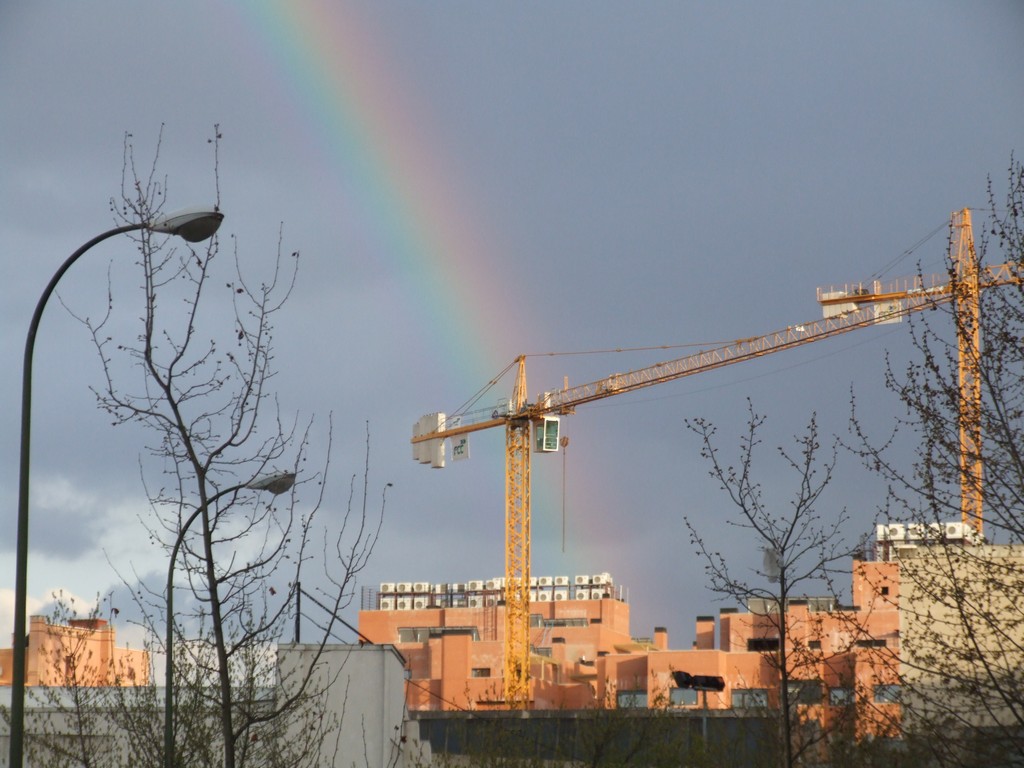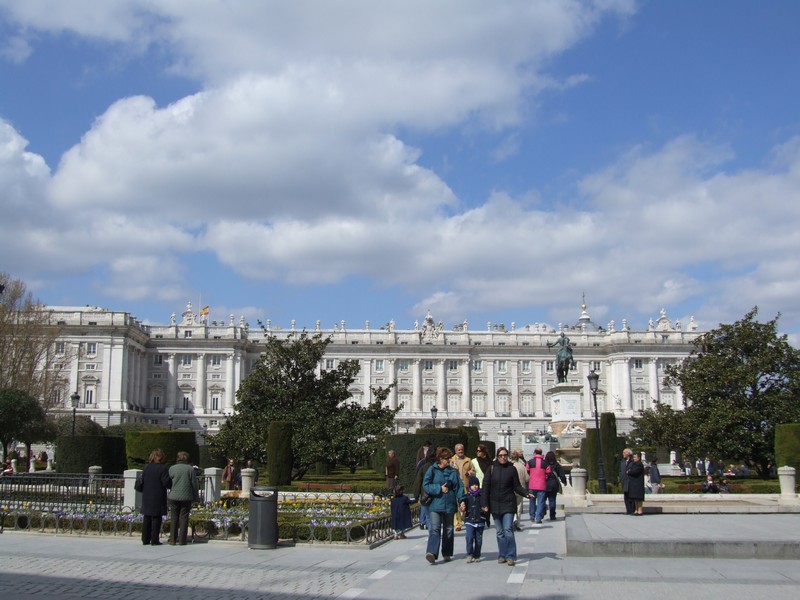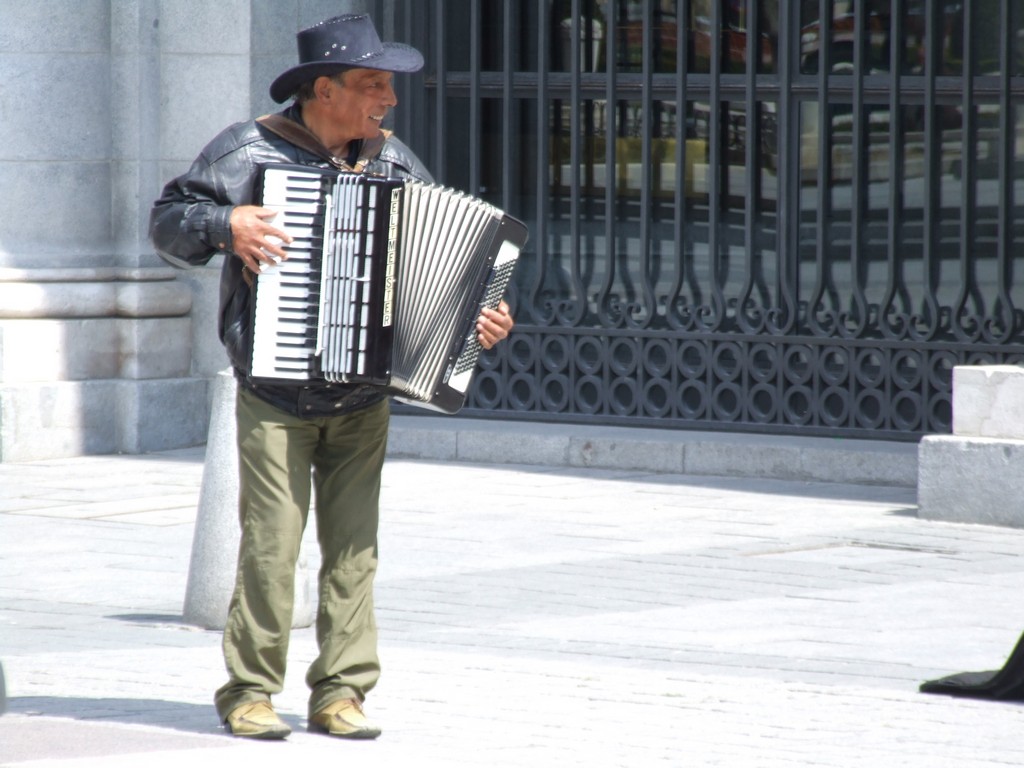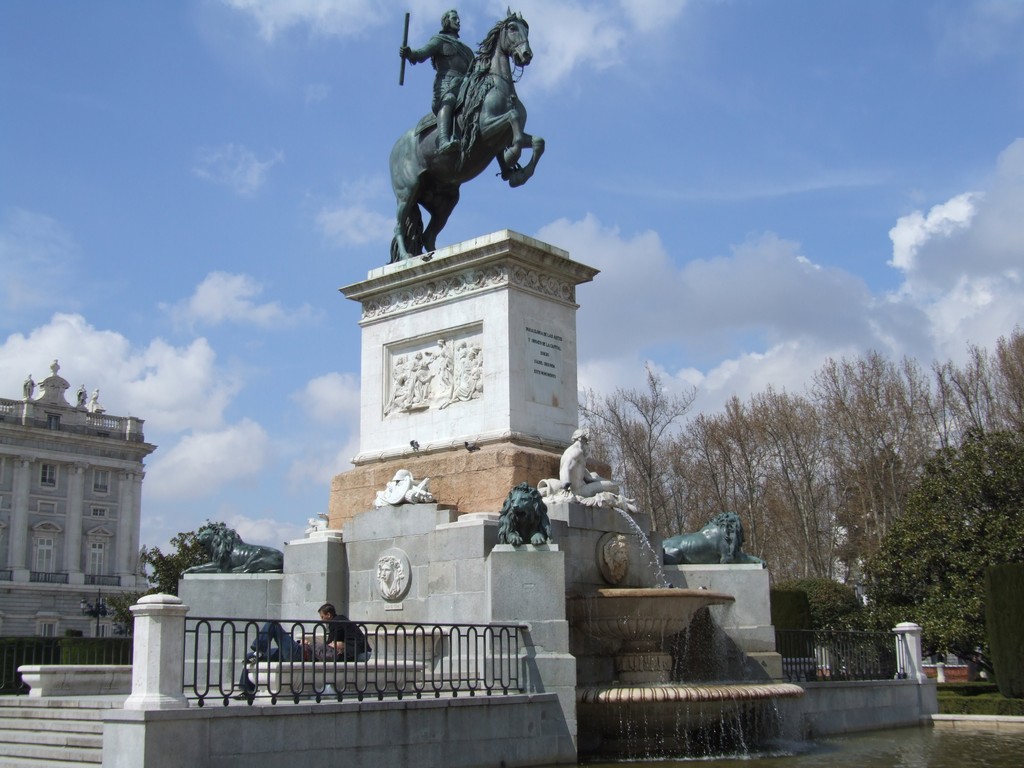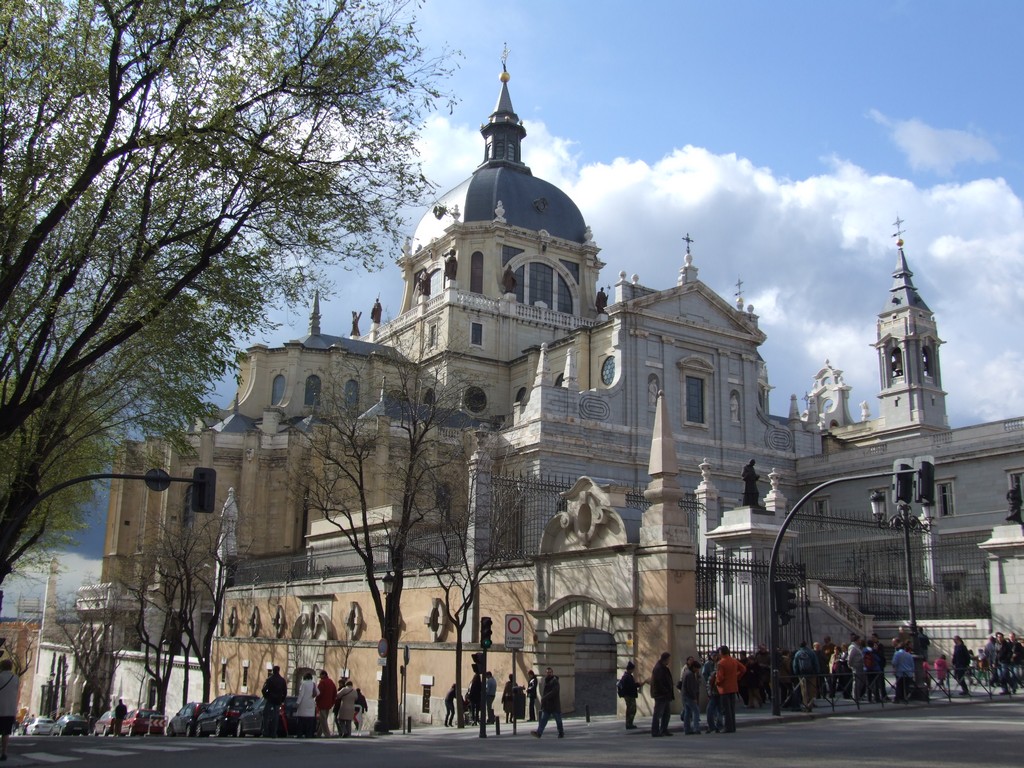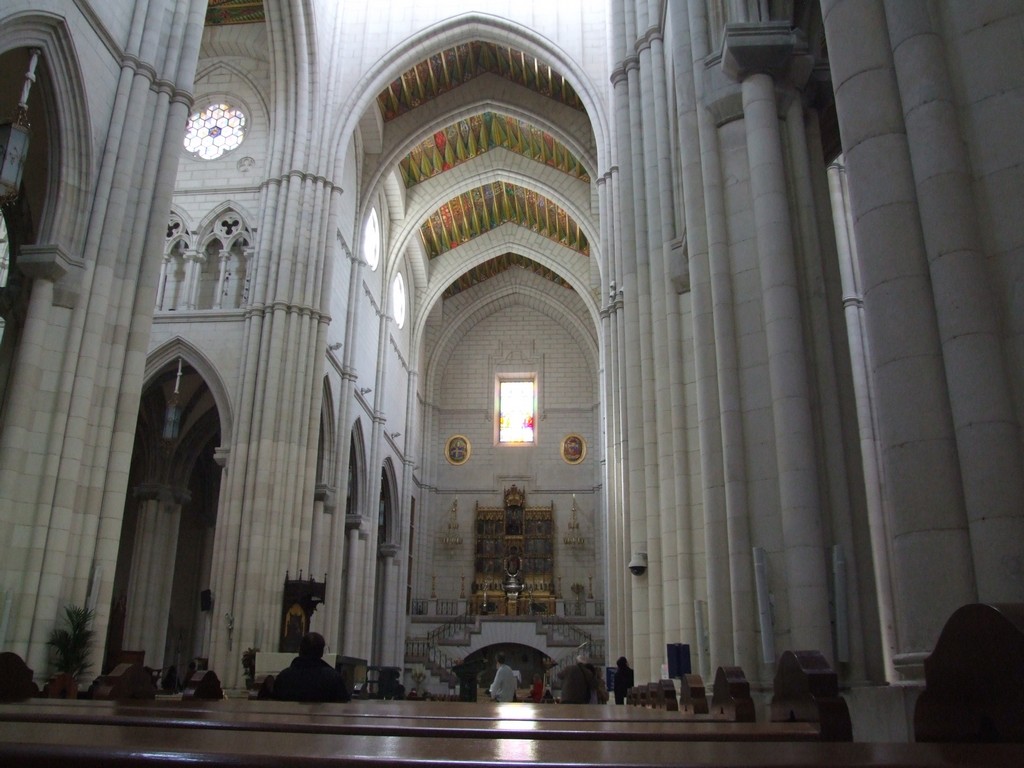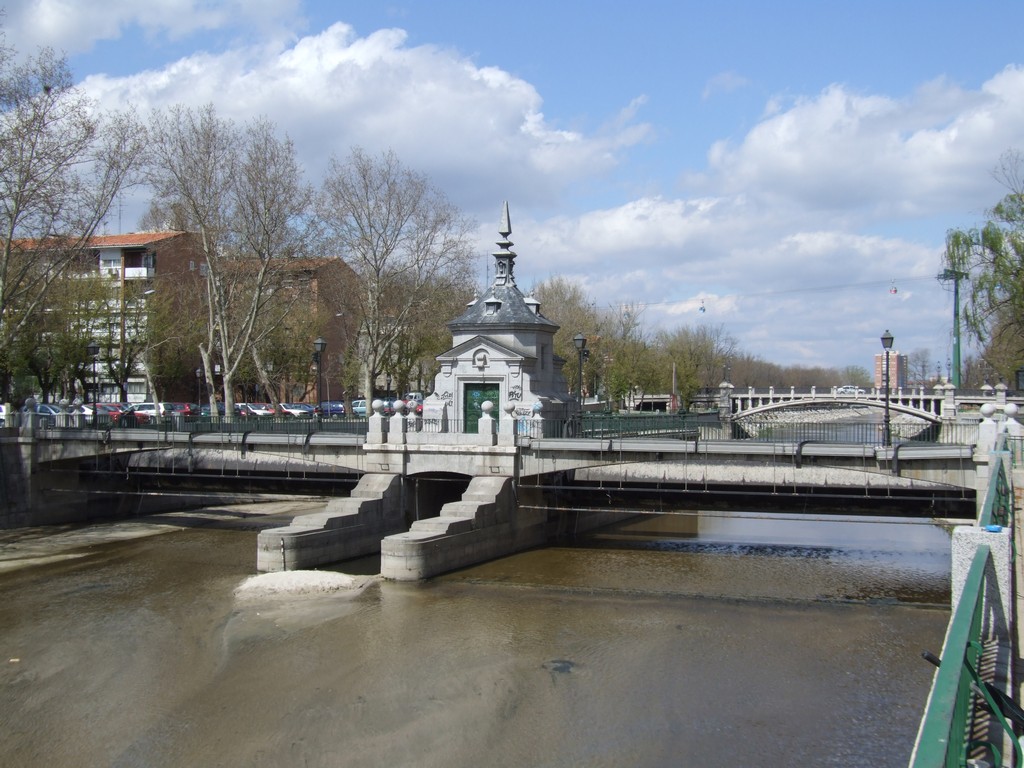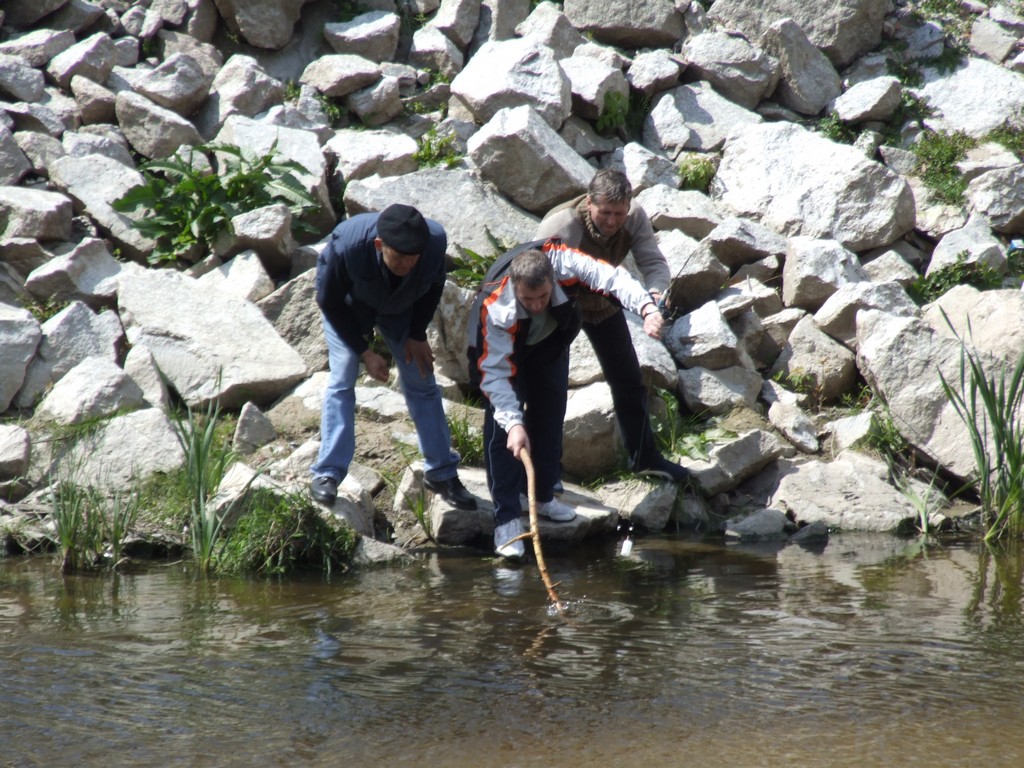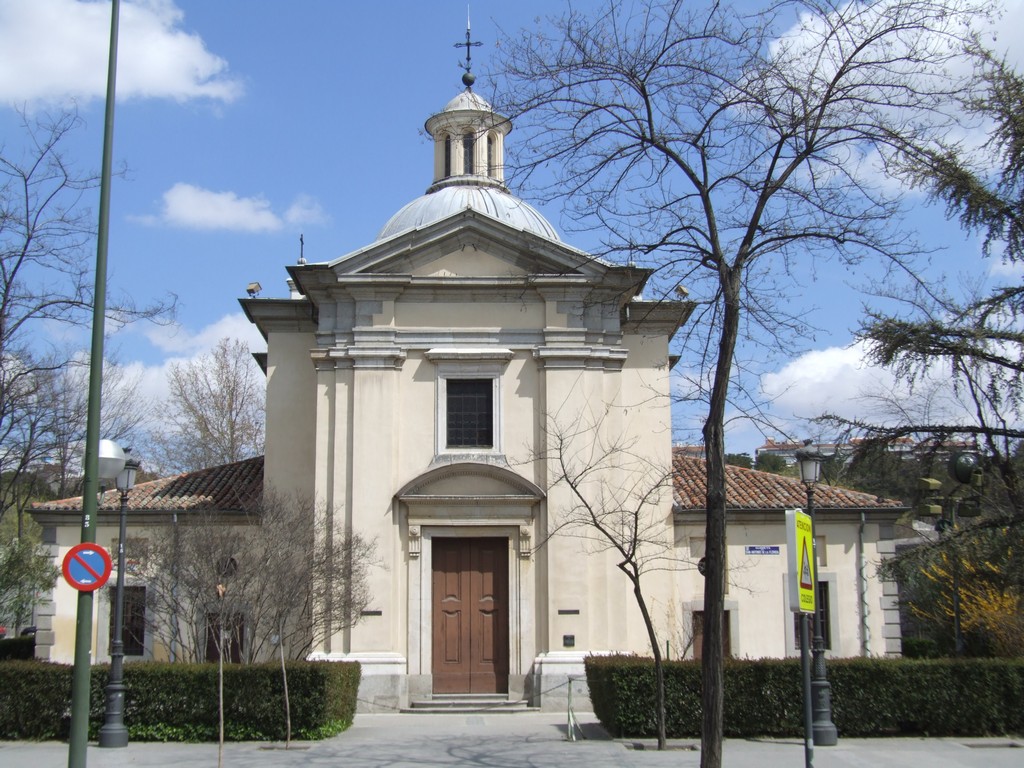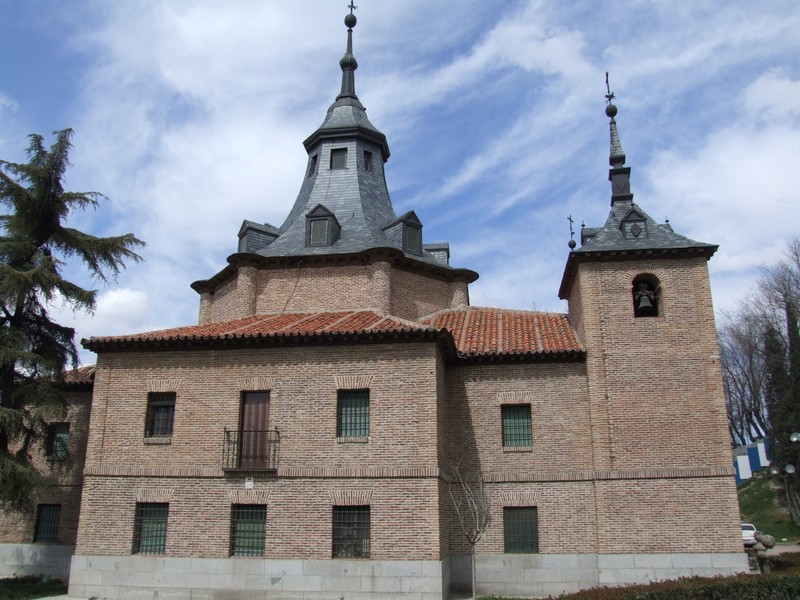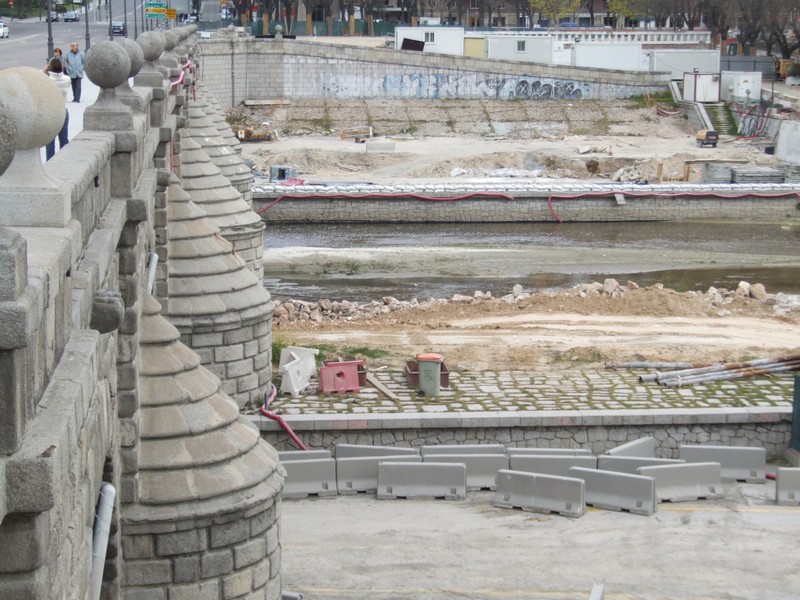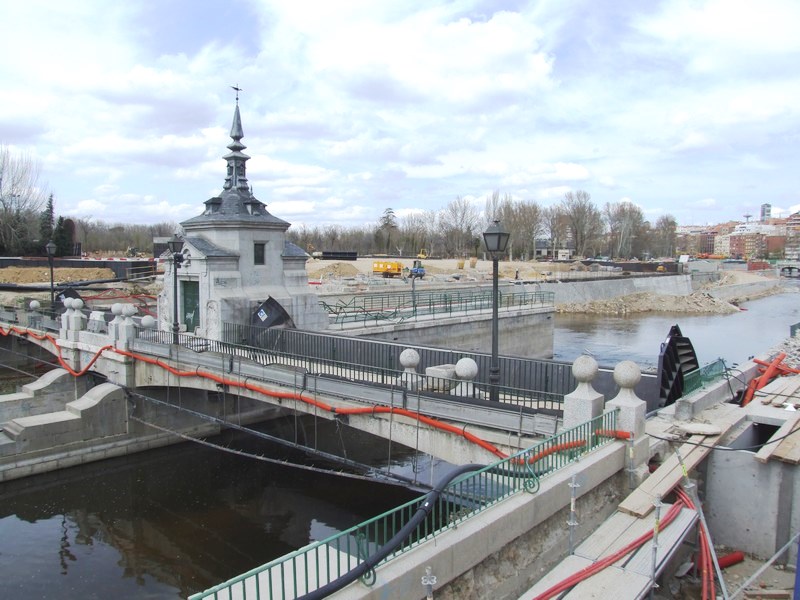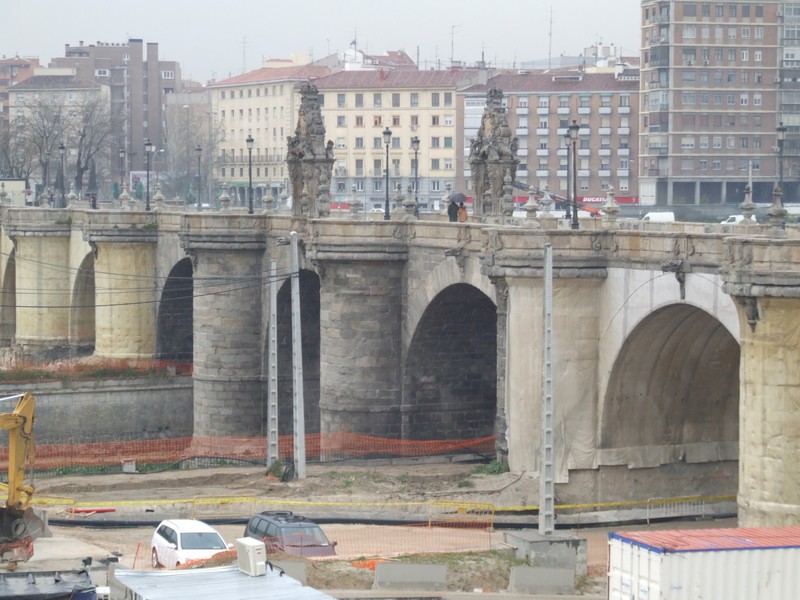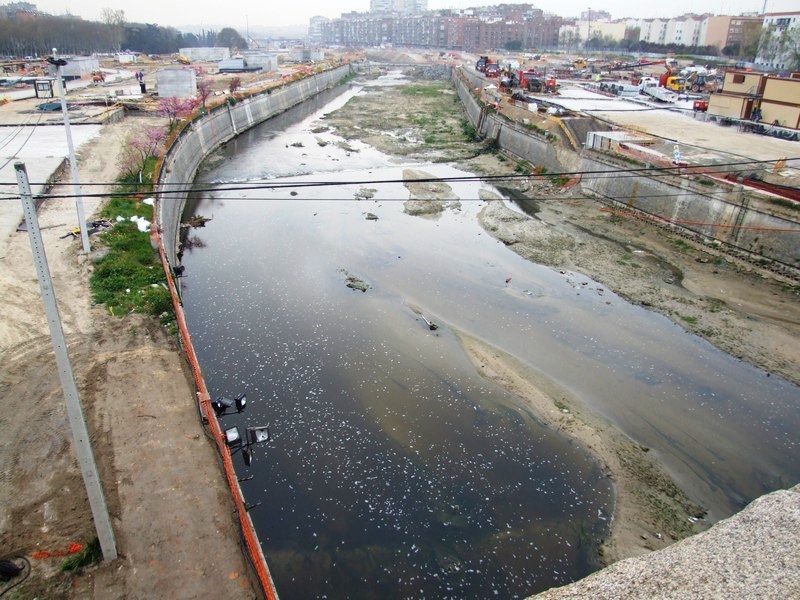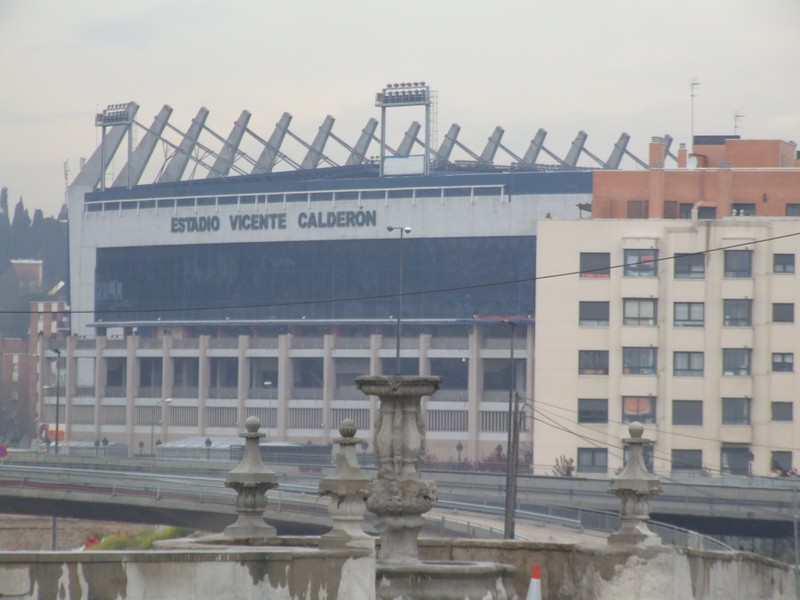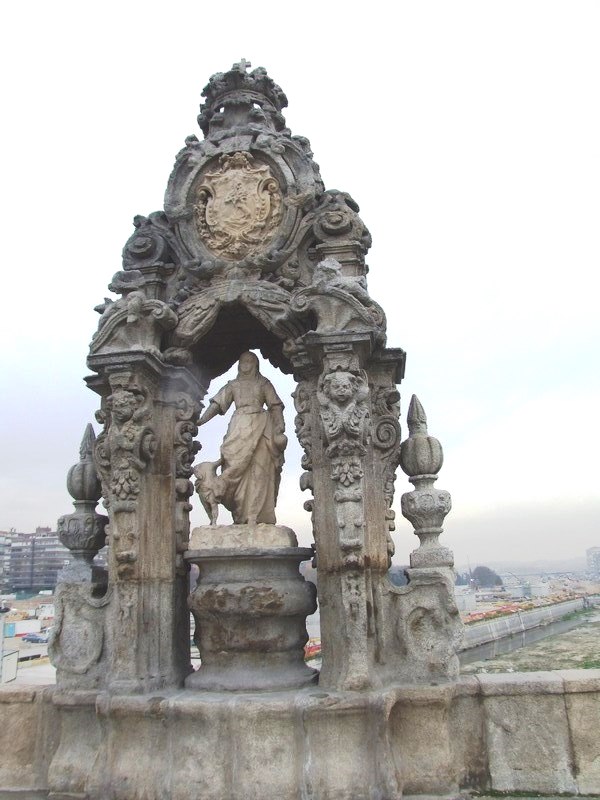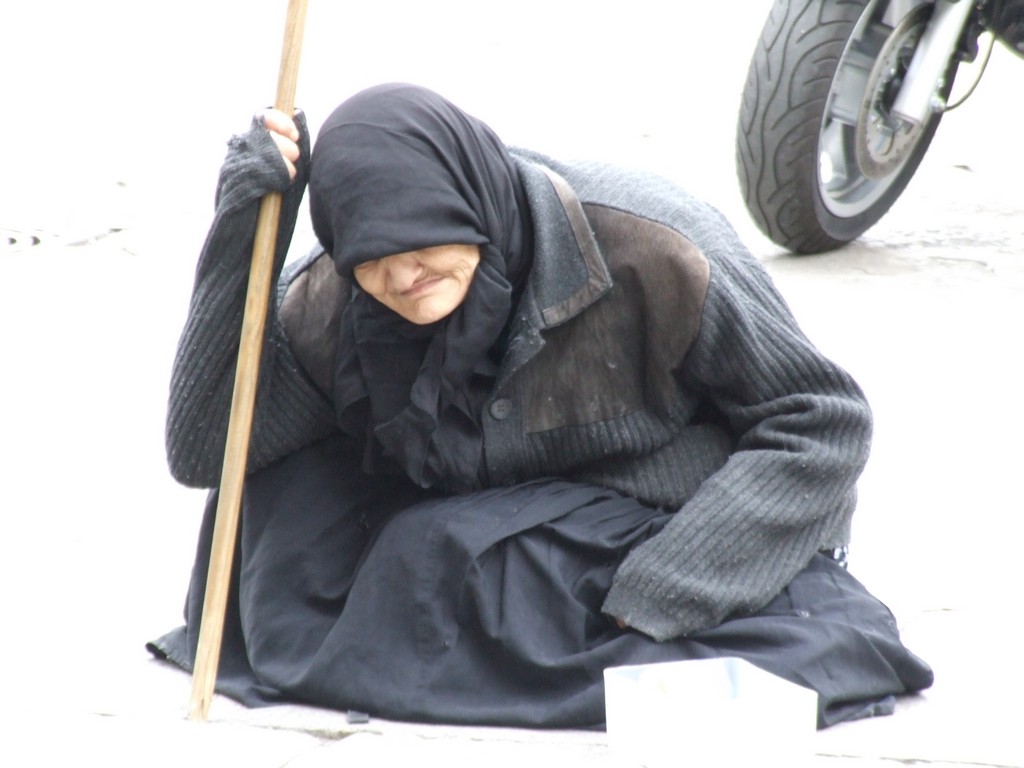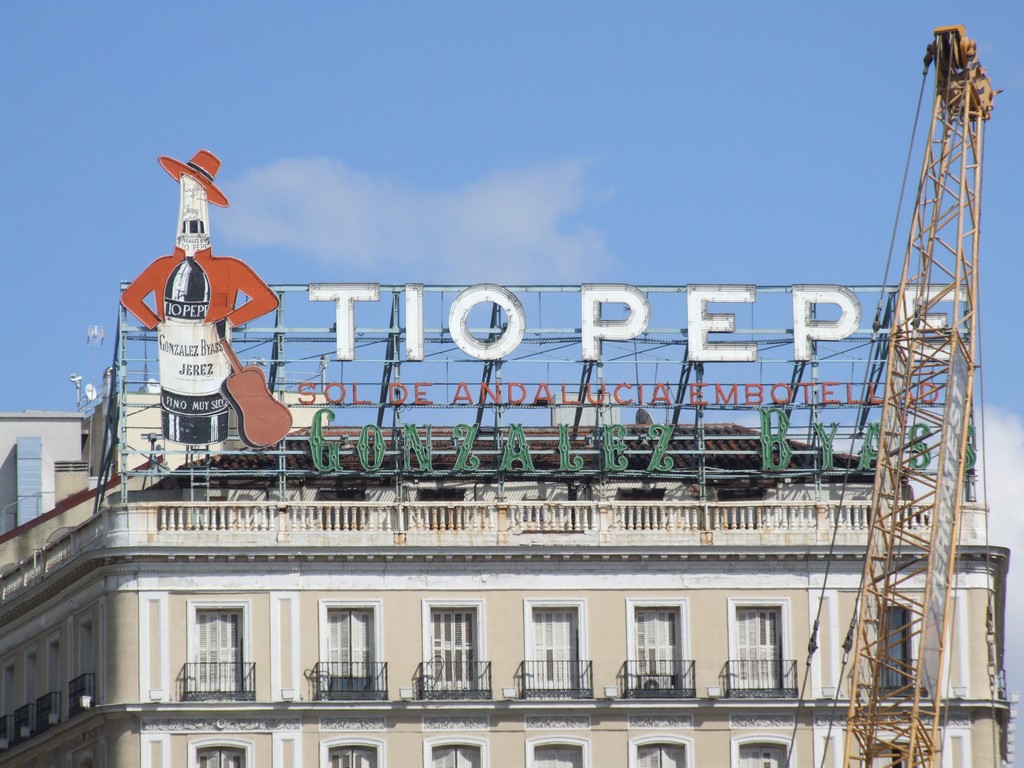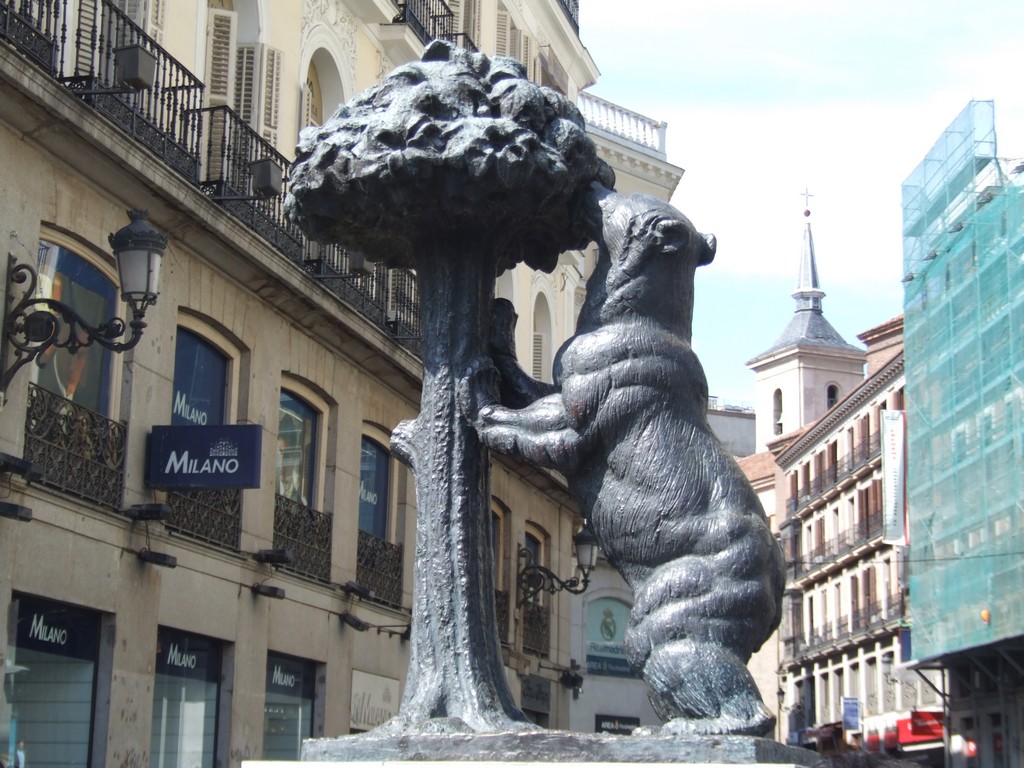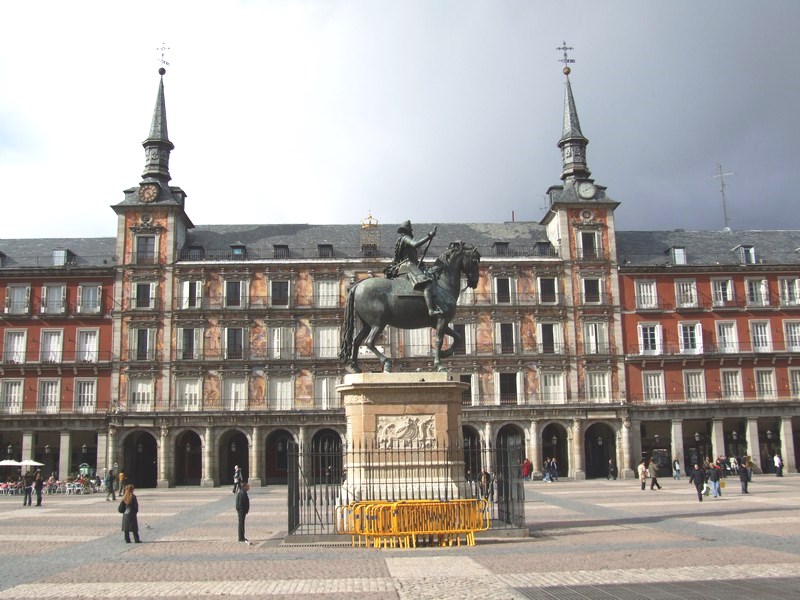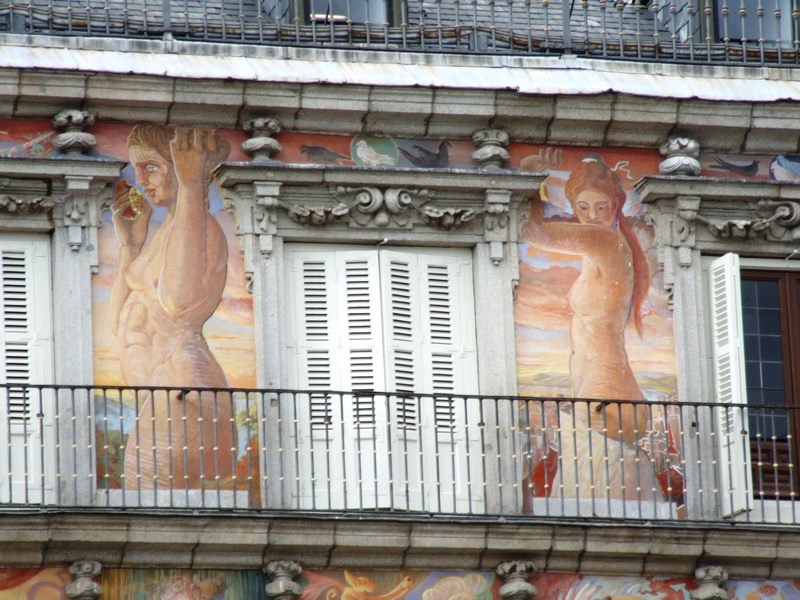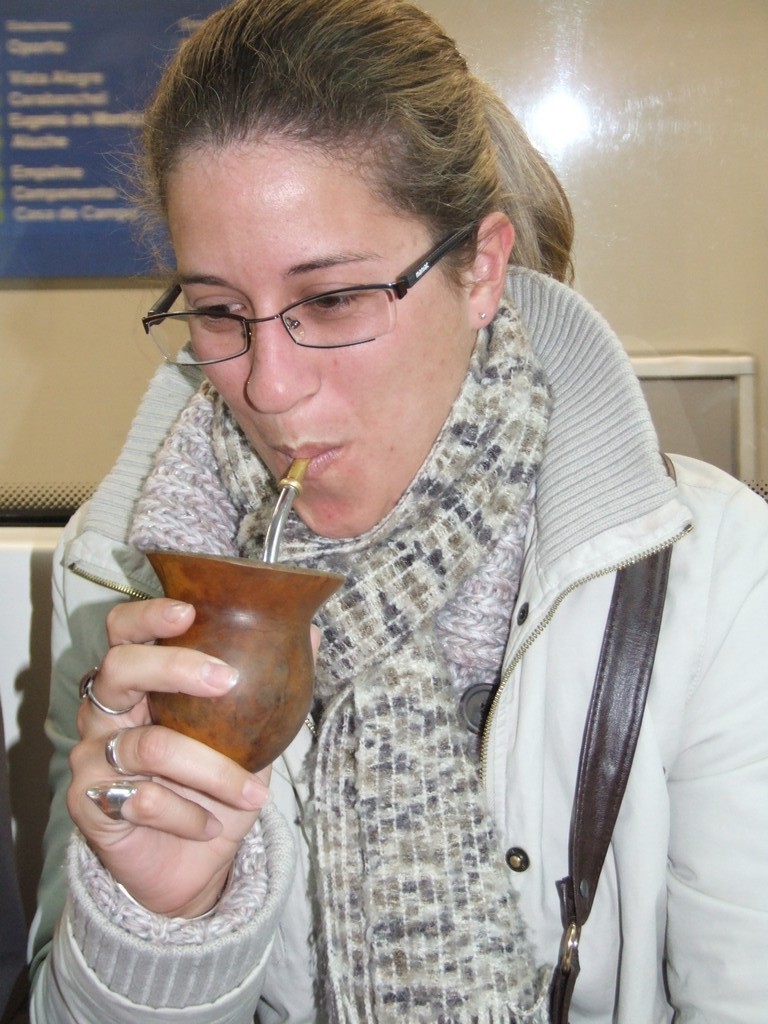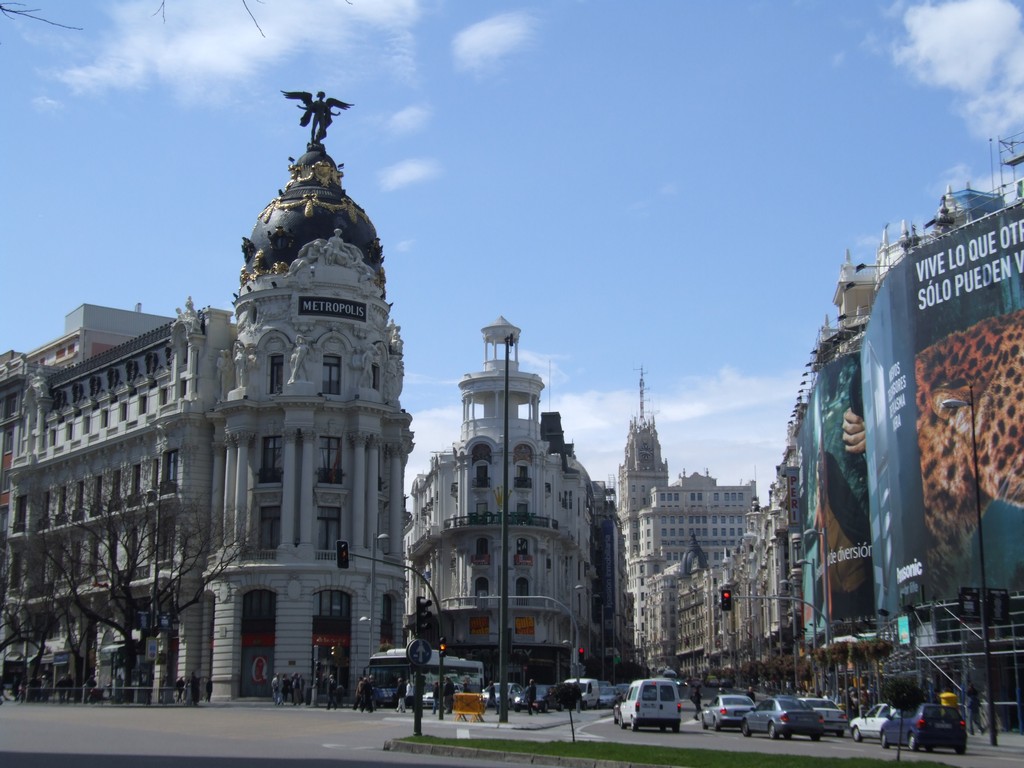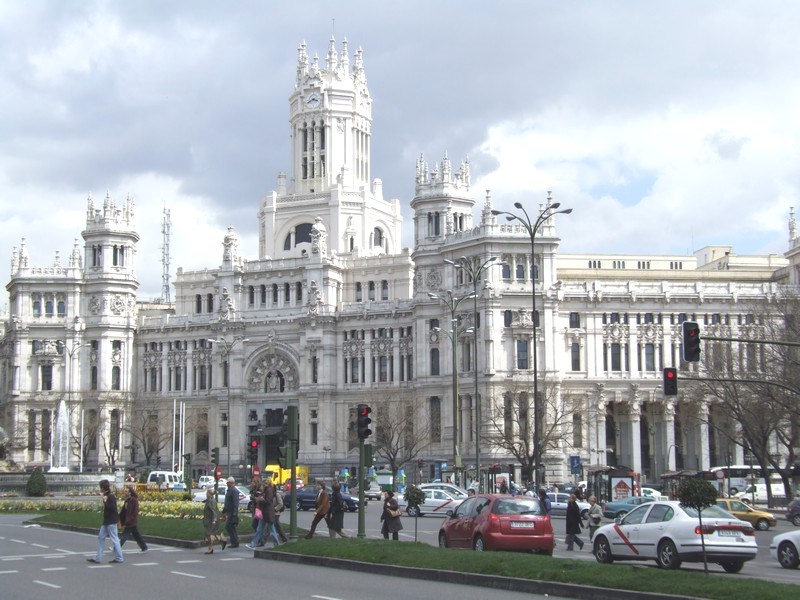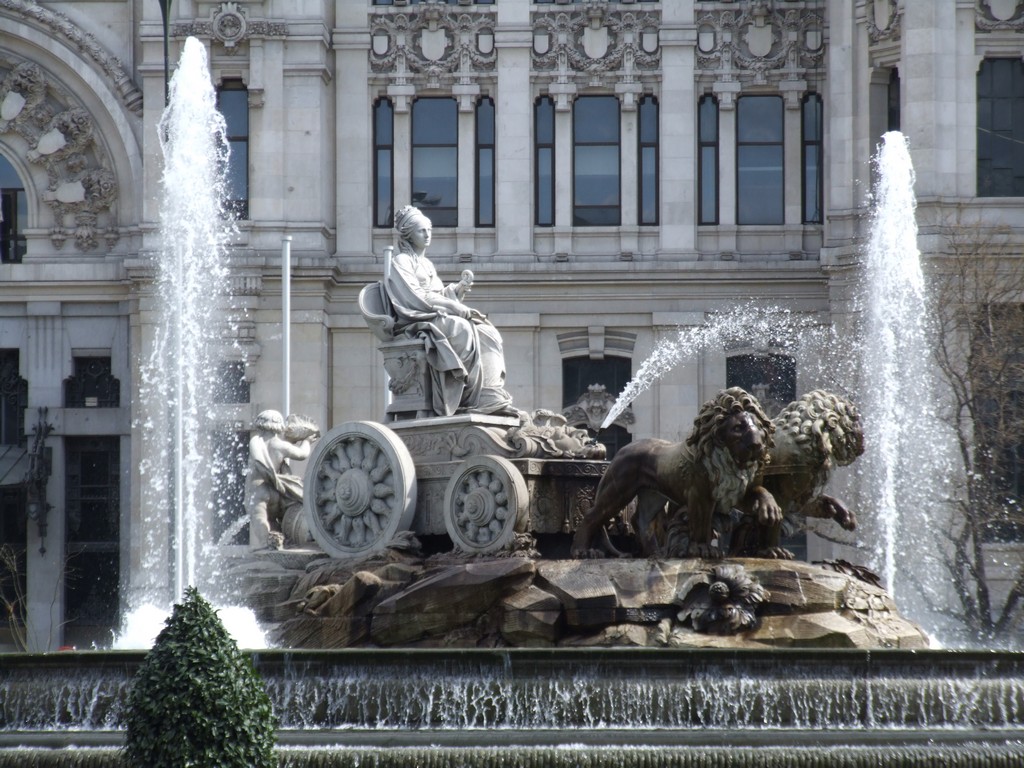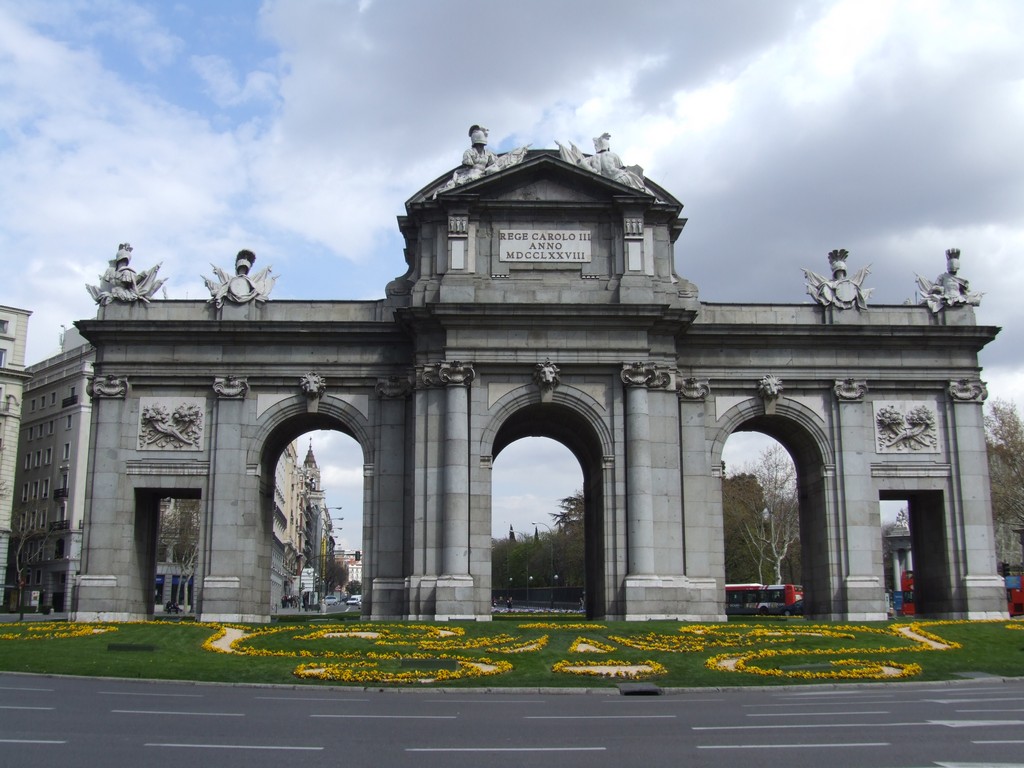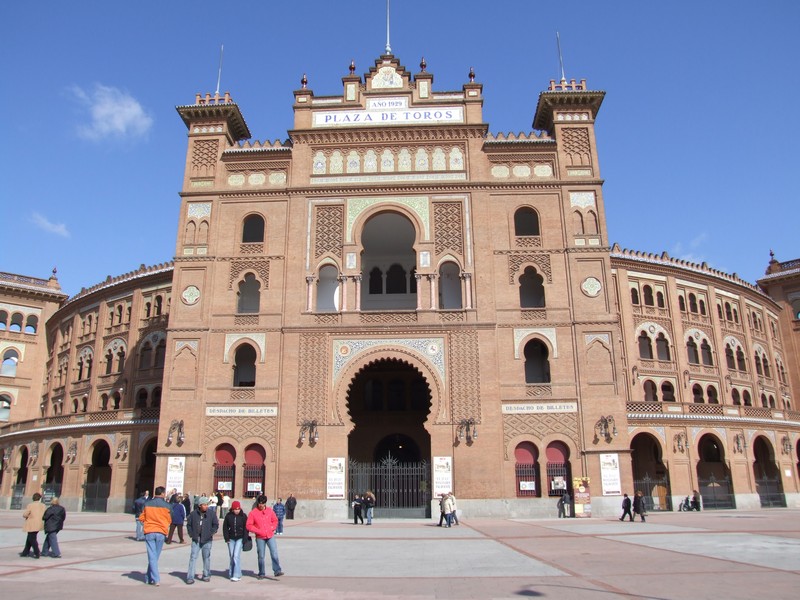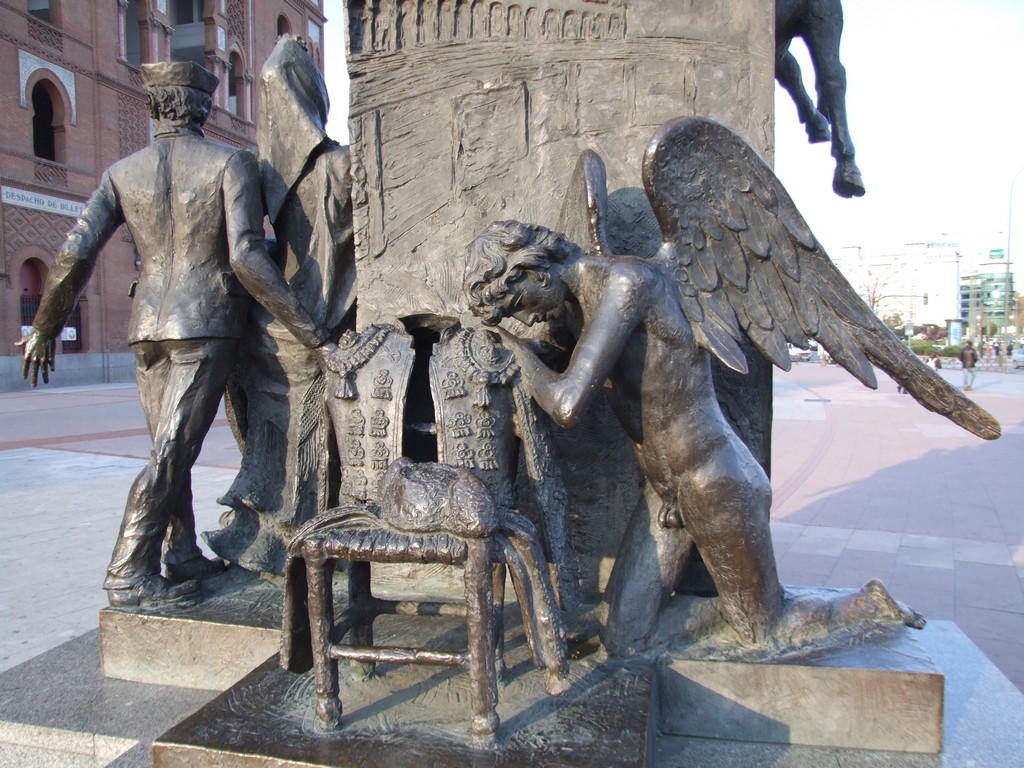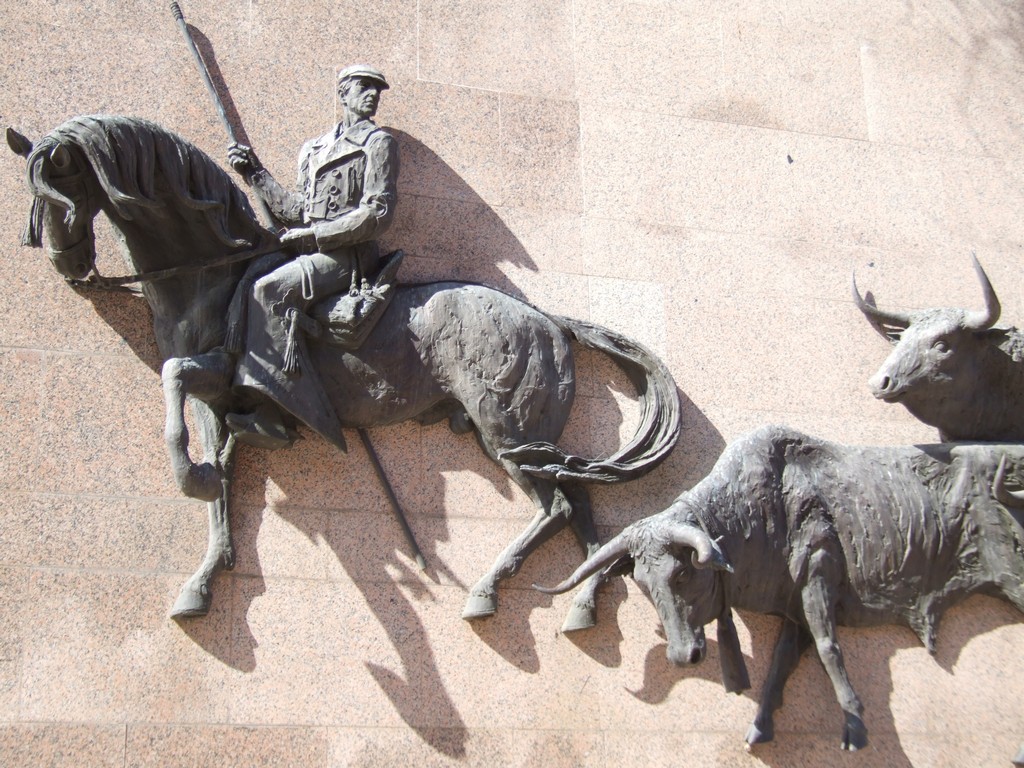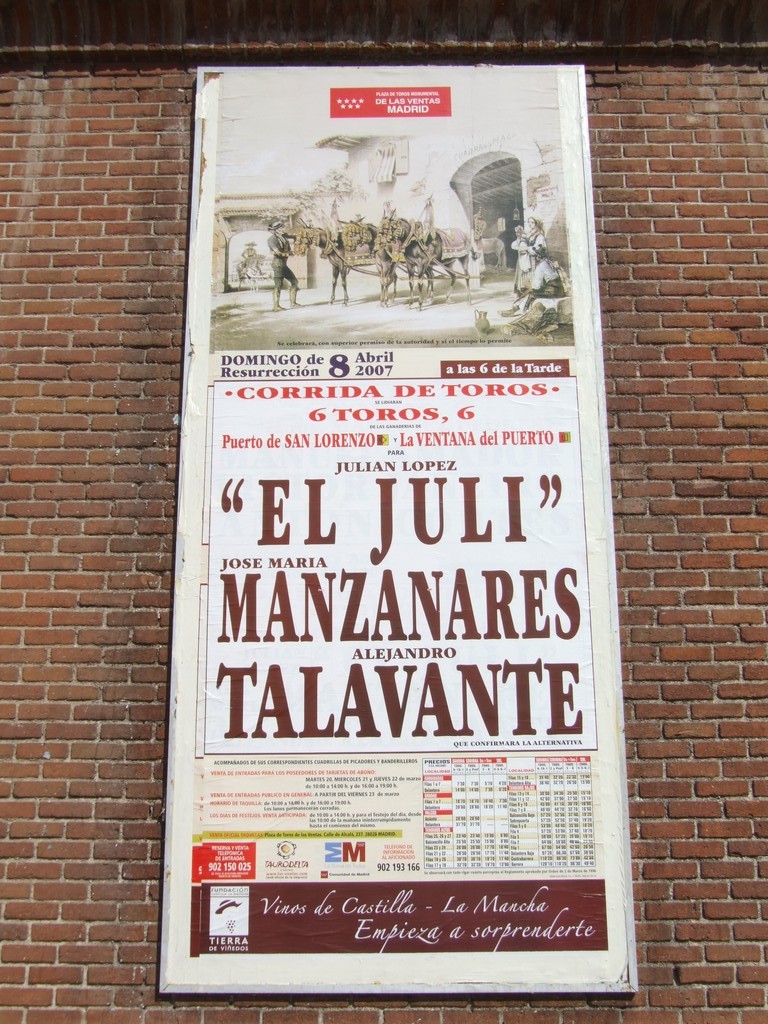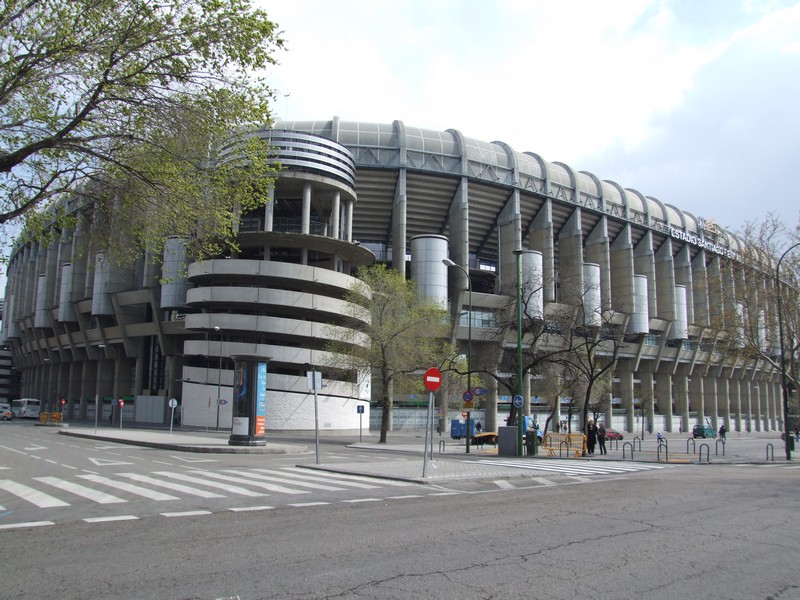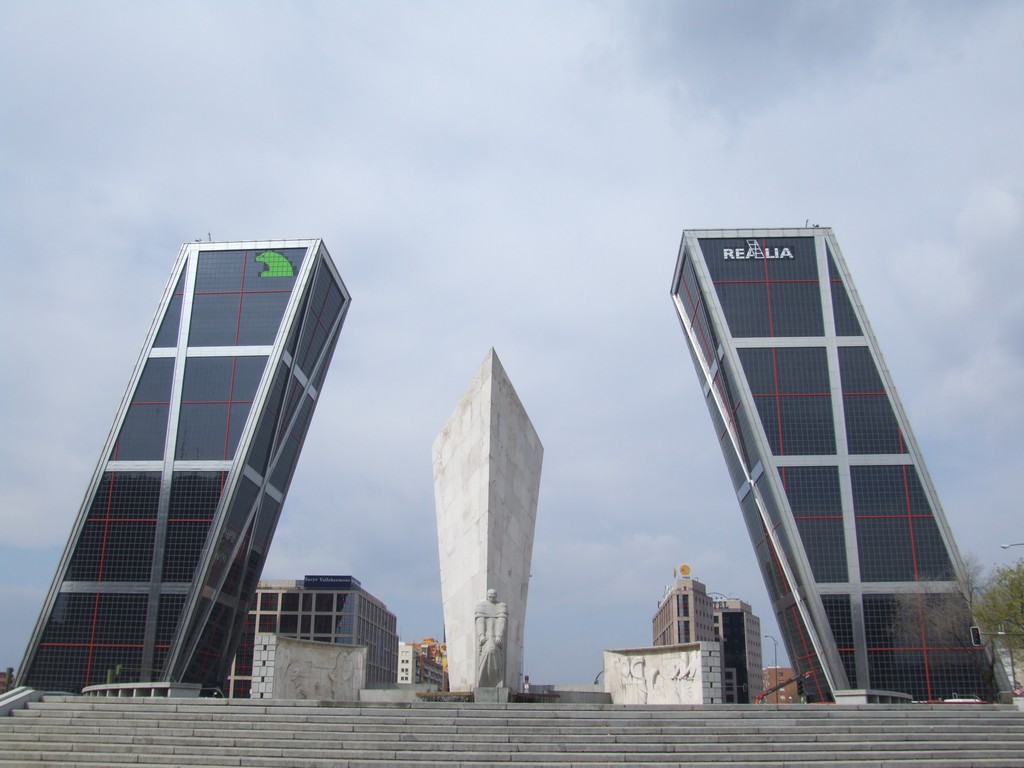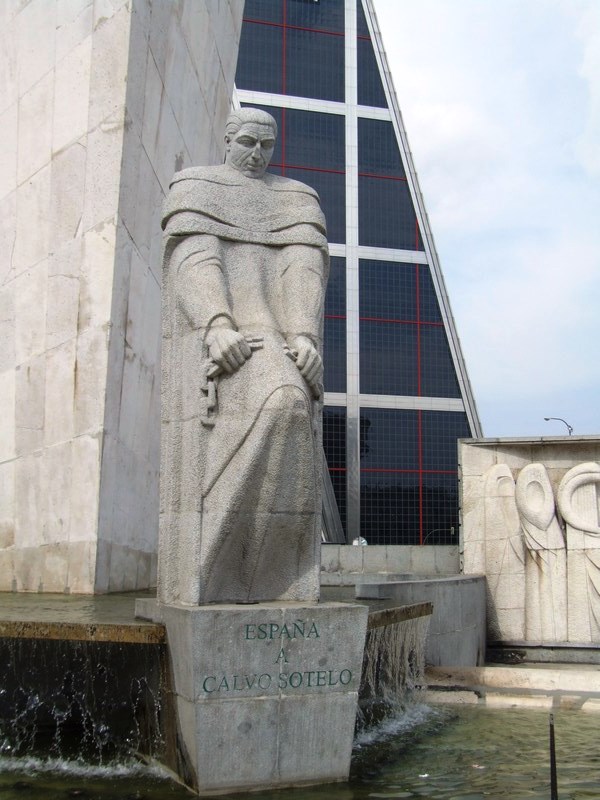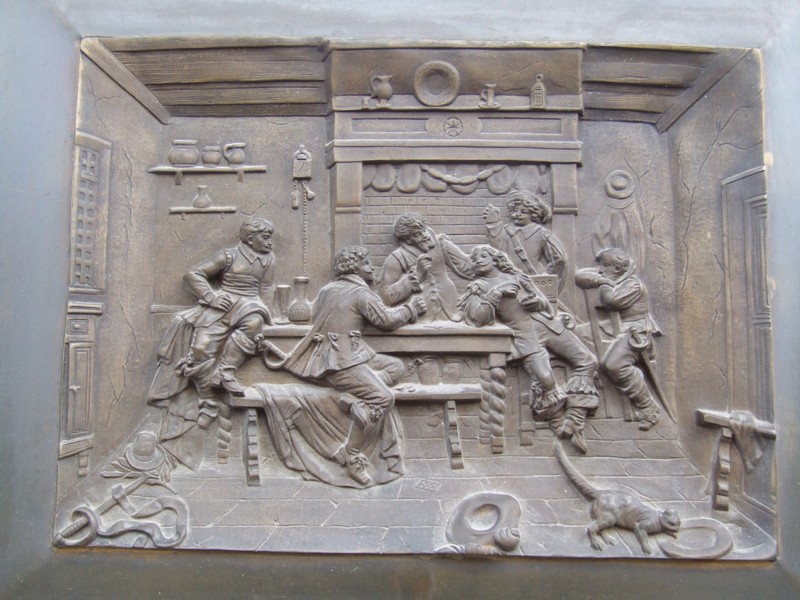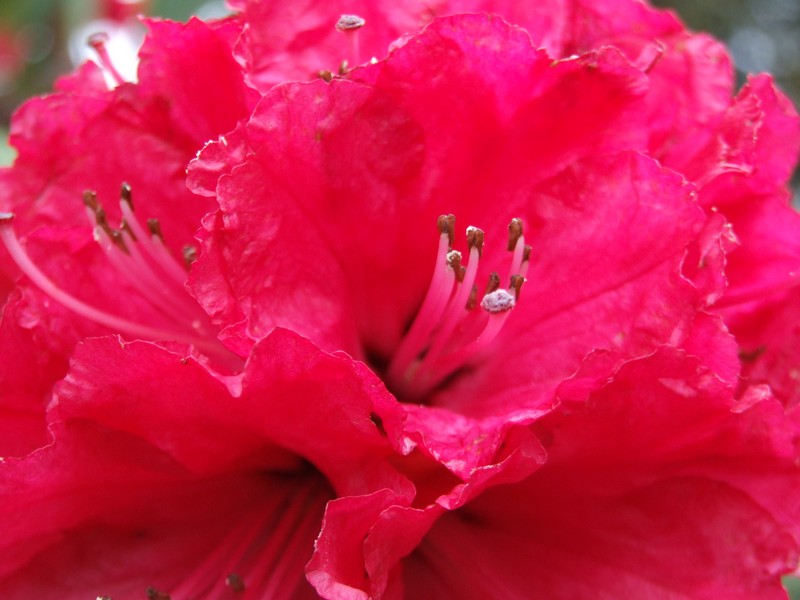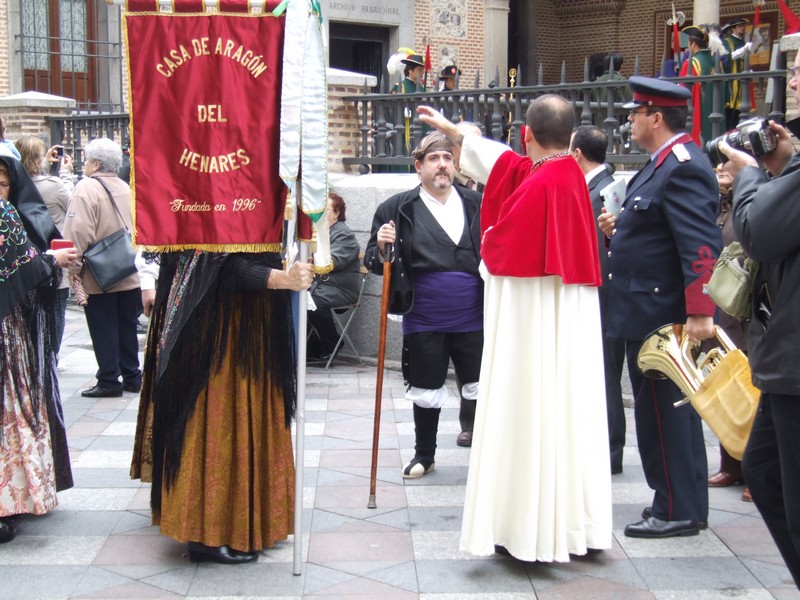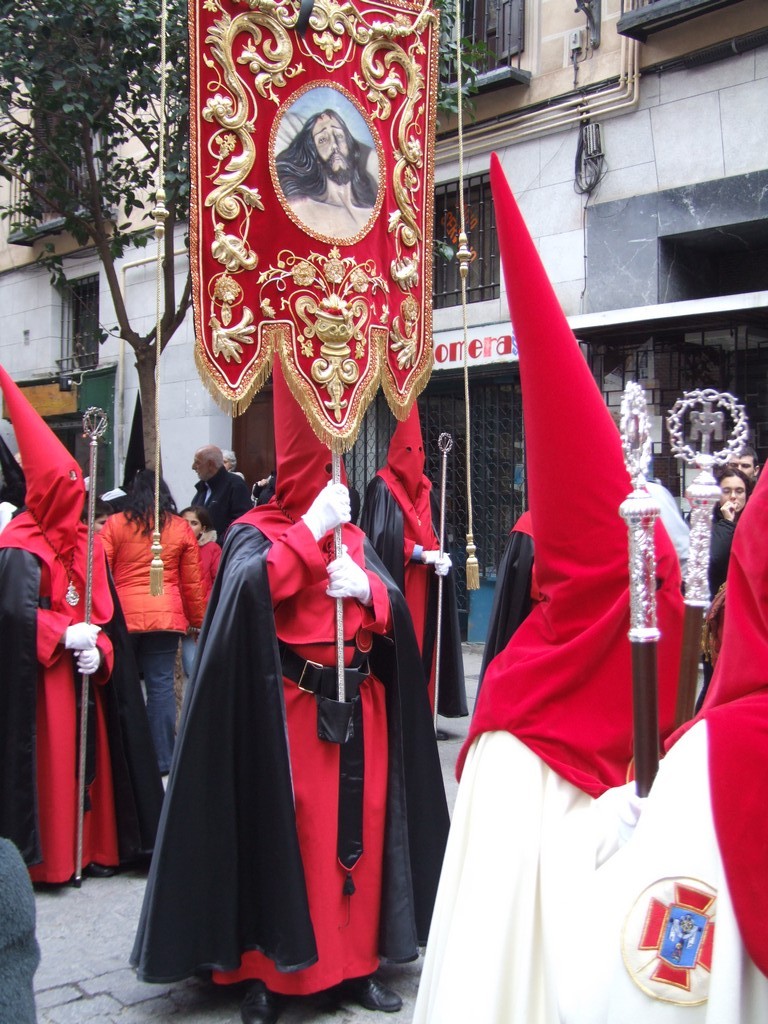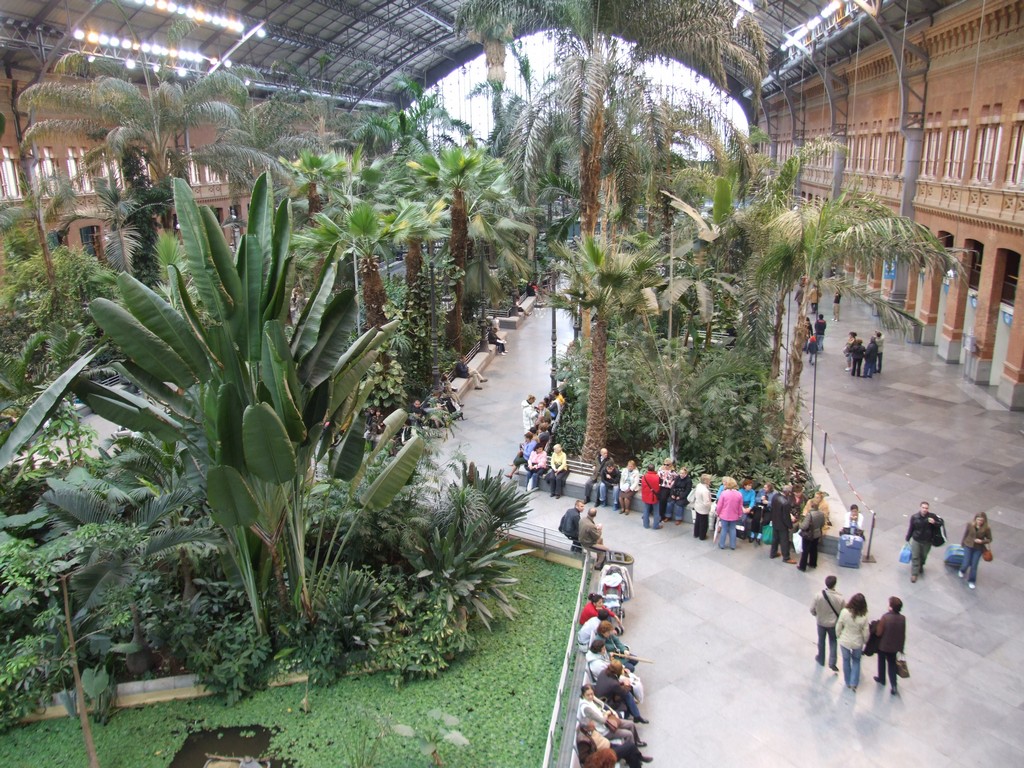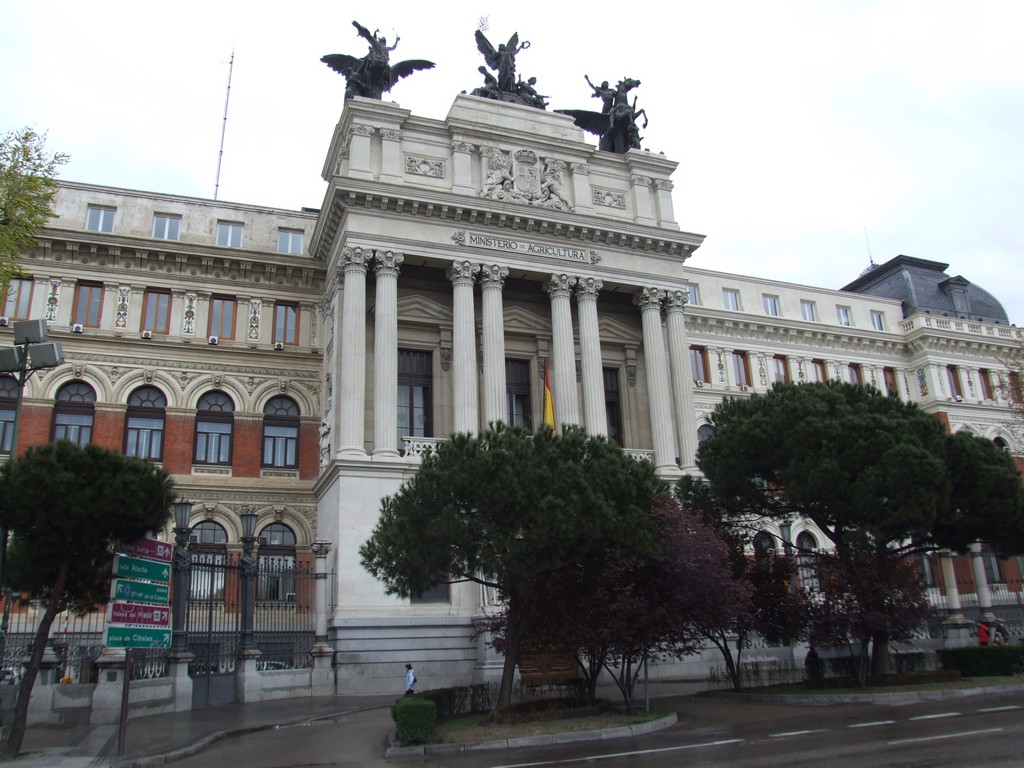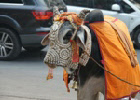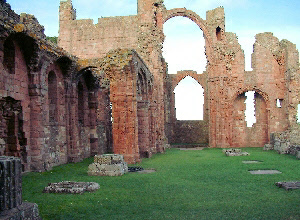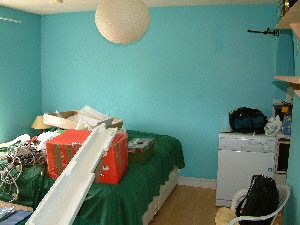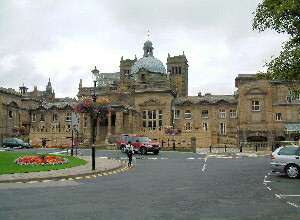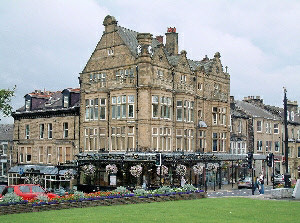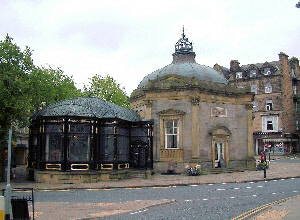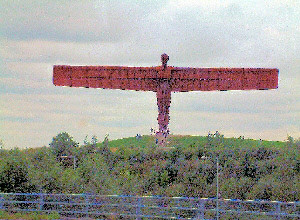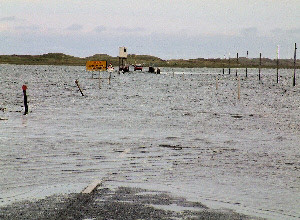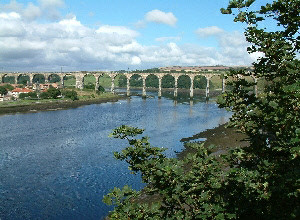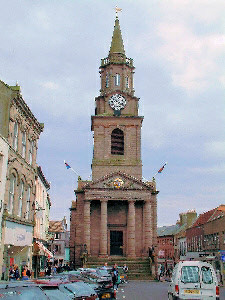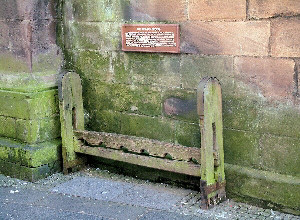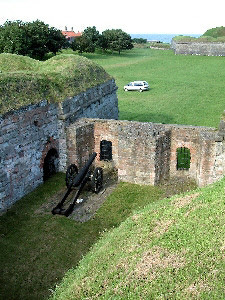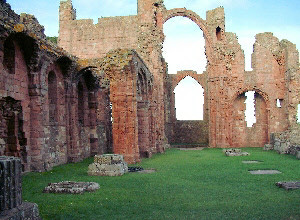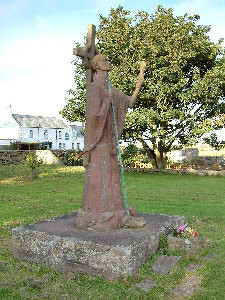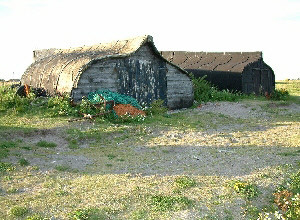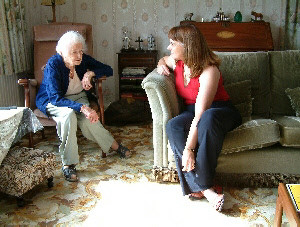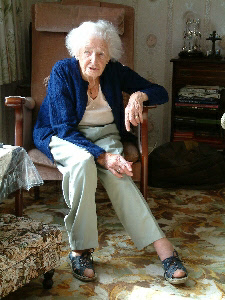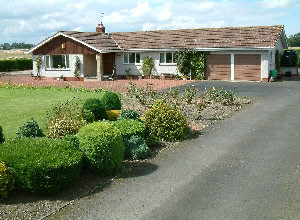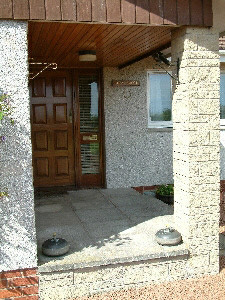By Ewart Tearle
August 2011
Photographs courtesy Elaine Tearle
Since the Tearle family is a world-wide one, it is always an exciting event when we can arrange for a group of us to meet as a family, and for no other reason than that we are a family and have the desire to see each other. So it’s always nice to receive an invitation to meet others anywhere in the world where Tearles can congregate. Elaine and I received just such an invitation to meet a remarkable and well-knit group at the home of Doug and Deborah Tearle in Brisbane.
Ray Reese had proposed a Meet in Brisbane when he heard that Elaine and I were going there on holiday after a visit to our home town of Hamilton in New Zealand. “Deb is a wonder of organisation and energy,” he said. Deborah had written to us and invited everyone to her place. Each person would bring a plate and, like the story of the loaves and fishes, we would eat as at a feast. I sent her a half a dozen pages of a chart for this family and Deb would add some mementos of her own to the exhibition on her table.
We spent the late afternoon of our first day in Brisbane walking and photographing the central city, and we found a beautiful and well-kept city; compact, confident, wealthy and modern. Glass high-rise buildings jostled for space with much older colonial block buildings, many of which were under repair by a progressive and caring civic community. The city centre was aligned with the river which was followed by aerial highways and criss-crossed by at least a dozen bridges. A university and a huge museum and art gallery give intellectual gravity to a charming coastal city. The remnants of the Exhibition of Australia crowded the opposite shore with a giant ferris wheel and a landing for a water-borne taxi service. A long blue catamaran raced from wharf to wharf in pursuit of customers.
Doug picked us up from our hotel in central Brisbane and drove us on a circuitous sightseeing drive through the Brisbane suburbs to Wynnum, because I had never been to Brisbane before and although Elaine had been there twice, she hadn’t been able to see very much of it. He drove past bays and beaches and showed us where the Brisbane Tearles had worked and lived; a modernist bridge arched like a skeletal hill over the river with toll booths lined up like teeth across its approaches.
“Look at these houses,” said Elaine. “They are all on stilts, like the ones in tropical jungles.”
“There’s a good reason for that, said Doug. “Actually, several good reasons. Did you know they are called Queenslanders? It’s a domestic architectural form unique to Queensland and caused by the climate. The stilts keep the bulk of the house above ground and that helps to keep bugs and snakes outside, where they belong. The stilts also allow the house to be built on hillsides without having the extra expense of earthworks, and the air and water – it rains quite heavily here from time to time, as you have probably heard – can pass underneath the house, which stays both cooler and drier as a result. The houses here very seldom get washed away. Ours is a Queenslander, you know – verandas, corrugated iron roof and all.”
“We grew up with the sound of rain drumming on a corrugated iron roof ,” said Elaine. “We can’t hear it in England because we have a tile roof, but I loved it when I was kid.”
A tour of the attendeesFred Tearle and Lyndal greeted us as we pulled into the driveway, and Richard Tearle came out of the house to see us as well. The transom of an aluminium power boat peeked shyly from behind the garage door. The interior of the house was light, airy and pleasantly welcoming. The floor was laid with marble tiles to keep the house cool in the hottest days of summer. Deb saw me admiring the tiles.
“They seemed a good idea at the time,” she said, “and they do keep the house cool in summer. Trouble is, they are a bit hard on your feet and legs if you stand on them all day.” She paused, “And nothing bounces. I’ve got a lot fewer cups and glasses now than I used to have.” She busied herself, with Lyndal’s help, carrying plates and glasses out of the room and off to my left.
I caught Ray as he walked past. “Ray, was anyone we know affected by the floods?”
“None of the Tearles, if that’s what you mean,” he said. “We are all on high ground, but that doesn’t mean Brisbane wasn’t affected.” He disappeared for a moment and returned with a home atlas opened to a map of eastern Australia. As he placed it on the table he said, “The Brisbane River became a dragon. Have you been to see the museum and the Performing Arts Theatre?”
“We stood on the bridge last night and saw it, but it was getting dark so we didn’t cross the bridge,” I said.
“The whole of that side of the river was flooded. There was an artificial beach outside the theatre, near the ferris wheel, and the whole thing has disappeared. Gone, like it was never there. You can see the stone embankment – it looks new because it is new. The entire length of the river was a raging monster.” He waved a finger accusingly in an arc covering a huge area a little to the north and a lot the west of Brisbane. “All of that flooded. Most of the water drained into the Brisbane. The city itself didn’t get flooded, but the effect on the river was enormous.”
“There’s another flood, too, that didn’t get much reporting, but it was several magnitudes bigger.” He drew his finger from Brisbane to the west and a little south. “There’s high ground there, a range of hills, but certainly not mountains, and they pooled water into a huge basin that flowed south all the way to Sydney and then further south into the headwaters of the Murray River. It got little or no press because not very many people live in all that area.”
“It’s almost impossible to imagine flooding on that scale,” I said. “It’s 1000km to Sydney and another 500 or so to Melbourne.”
For me, the story of the Meet was all about Richard and Fred. Richard had flown from Bangkok to Melbourne and then he had flown another 6 hours from Melbourne to Brisbane, just to be at the Meet. Fred and Lyndal had driven all the way from Sydney to Brisbane “We haven’t seen each other for the best part of twenty years,” said Richard. “And I’m not sure when I saw Doug last.”
The chart I had sent Deborah had started with George Tearle who was born in 1851 in Hockliffe, not far from Leighton Buzzard in Bedfordshire. He had married Louisa Finch in her home village of Houghton Regis, just north of Dunstable in 1877. One of their sons, born 1884 in Tebworth, was James Henry Tearle who married Edith Lydia Morgan in the lovely old Parish Church of Dunstable. Their son Frederick William Henry Tearle was born in Dunstable in 1906 and on 11 May 1912, they took the ship Shropshire from Liverpool to Australia.
In spite of now being an Australian, James still volunteered for service in the Australian Army in July 1915, to fight in Europe in WW1, perhaps because of his 8 years in the militia reserve in Dunstable, which he had joined in 1903. He was enlisted in the TCC 3rd ANZAC Battalion, 13th Company. He was tiny, just 5’ 2”, with “3 bad teeth and two missing.” Harry Leslie Vernon Tearle was born in South Fitzroy, Victoria, in 1916, and Edith Ella Irene Tearle in 1919. Since this is near Melbourne, I assume the good ship Shropshire called in there on its way to Sydney.
I have no record of how or why he moved to Brisbane, but he died here in 1969. Harry 1916 married Elsa Vera Gourley in Brisbane (I’m afraid I don’t know when) and they had eight children. William married Patricia Bridget Cotter in 1941 and to the best of my knowledge they had two sons. Harry also enlisted for the militia in 1935, in the First Corps of Signalers, the cable section, where he became a corporal in 1936 shortly before he was discharged. I have one last picture of this family: the 1937 Brisbane Electoral Roll, which shows James Henry and Edith with their sons Harry Leslie Vernon and Frederick William Henry all living in a house on the corner of Fagan Rd and Butterfield Rd.
As far as I knew, all the members present at the Meet today would be the descendants of Harry Leslie Vernon Tearle and Elsie, and possibly Frederick William and Bridget, so I checked the chart to see who to look out for:
Helen, James, Kevin, Richard, David, Frederick, Douglas and Denice from Harry & Elsa
and perhaps Edward and Michael from Frederick William & Bridget.
I had met four already from Harry’s family:
Deborah had organised everyone to bring a plate of their own favourite food, and in the spirit of the generous Australians that they most certainly are, I think everyone had brought at least two dishes. In the end lunch was both delicious and bountiful. For a community that had only just overcome the worst of the most terrible flooding one could possibly imagine, this wonderful family had hearts as big as their continent.
As soon as lunch was over I gave the Meet a short introduction to the story of the Tearle family, from their roots in Tearle Valley in rural Bedfordshire to our present spread through most countries on Earth. Here, I am showing the group around Tearle Valley and Tearle Country. Watching are Helen, Ron, Liz & James and Teresa.
A tour of the attendees
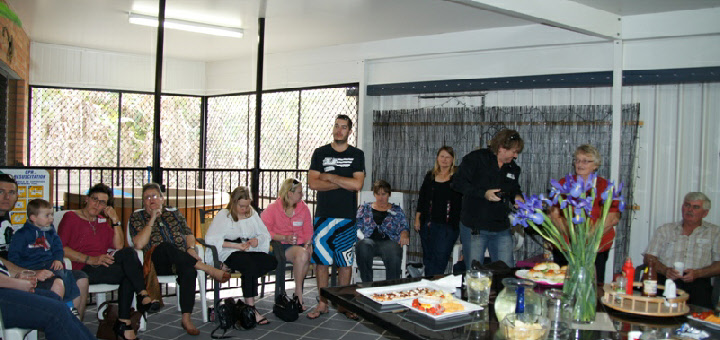
Ready for a chat: James, Eva, Honorah, Helen, Tlisa, Andy, Chris, Teresa & Carl Vogelsang, Denice Reese and Ron Tearle gather around the sumptuous table Deborah had prepared.
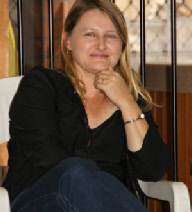
Theresa
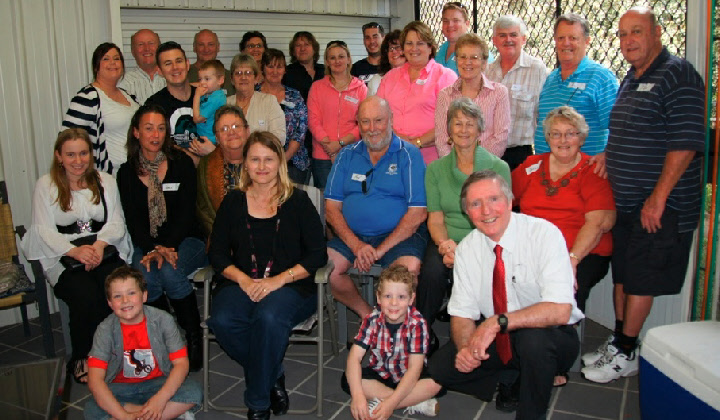
Everyone – from the front, left to right: Corey, Teresa, Ethan, Ewart, Helen, Leah, Honorah, Fred, Lyndal, Denice, David, Liz, James, baby, Noreen, Chris, Tlisi, Deborah, Diane, Ray Reese, Doug, Richard, Eva, Carl, Andy, Leonie, Nathan, Ron.
Thank you for a wonderful occasion!
Messages:
16 Aug 2011
G’day!
RSVPs for this event are coming in and just over 30 people have indicated their attendance. (I don’t think that includes Ewart and Elaine our special guests).
Some long lost “cousins” have been found, I am told.
For those who are still wondering if they will attend. It is at the home of Douglas and Deborah Tearle at Wynnum, Brisbane at lunchtime on Sunday 28th August.
Deborah as usual is doing a great job as organiser and has been contacting people with suggestions as to what to bring as we are self-catering.
Deborah can be contacted at dndtearle@optusnet.com.au
Regards
Ray
(Ray Reese :husband of Denice Tearle)
19 Aug 2011
Have a marvellous time! I was in Tearle valley today, visiting Whipsnade Zoo with my daughter and granddaughter. It was, and still is, rich agricultural land.
Best wishes to all Australian cousins
Barbara
30 Aug 2011
G’day!
What a wonderful time we had at the Brisbane meet on Sunday. I did not count how many were there but I am sure we must have numbered about thirty.
Our thanks to Deborah and Douglas Tearle for hosting us and to everyone for their contribution to the most delicious and filling lunch.
I know it was a real pleasure for Denice (nee Tearle) and I to meet with Ewart and Elaine once again and I am sure everyone else really enjoyed their visit.
Ewart gave a talk, ably assisted by Elaine, and amazed everyone with his knowledge and enthusiasm for things “Tearle”.
We remembered the last Brisbane Meet when Richard visited us from England and thought about others whose apologies were sent for this occasion.
Love and peace
Ray.
1 Sep 2011
Hi everyone,
I just wanted to second Ray’s thoughts. It was just wonderful to meet Ewart and Elaine and to catch up with the QLD Tearles once again!
I hope that one day my family and I can make it to one of the Tearle Meets in England sometime in the future!
Kind regards,
Teresa (Vogelsang)
